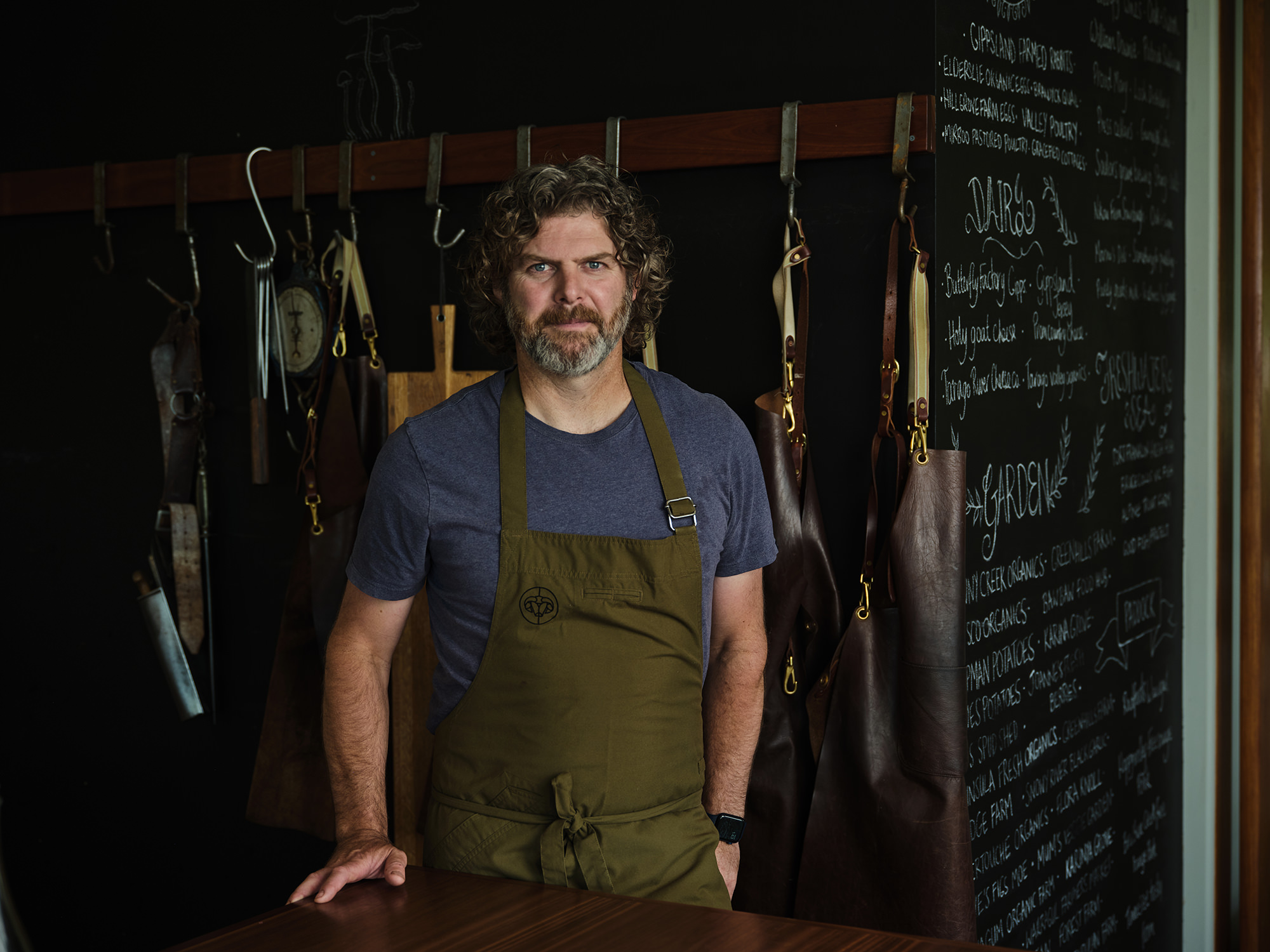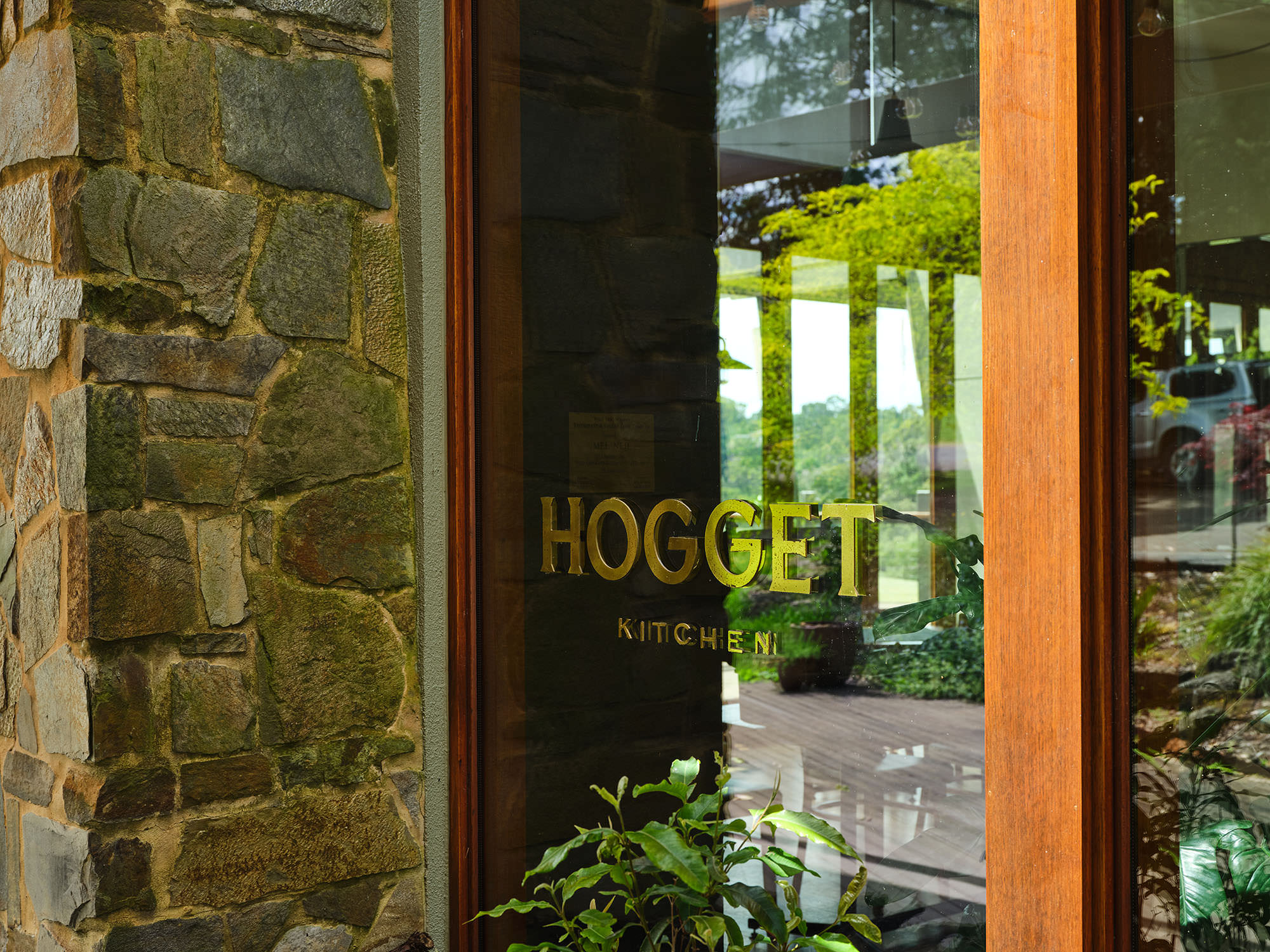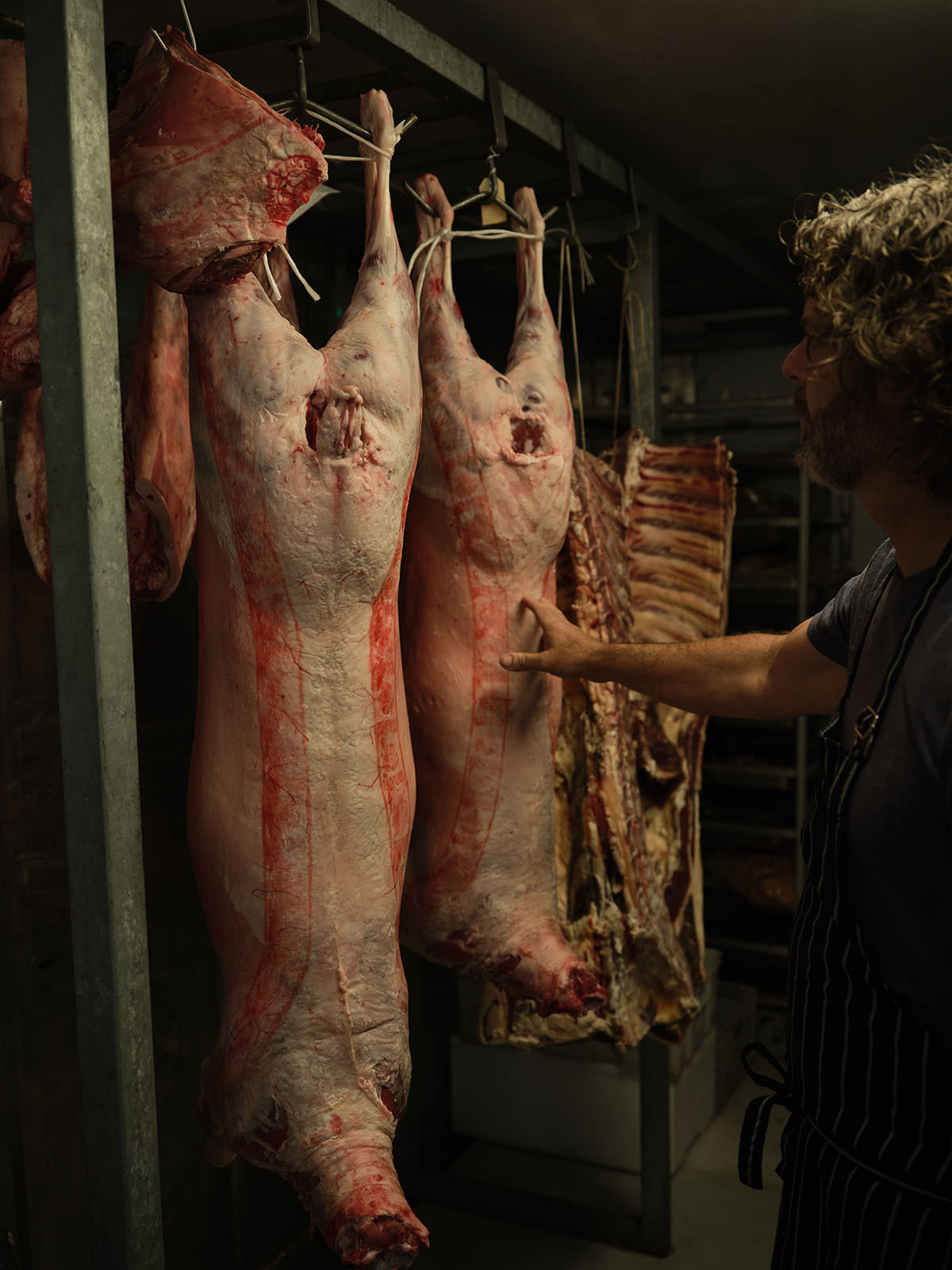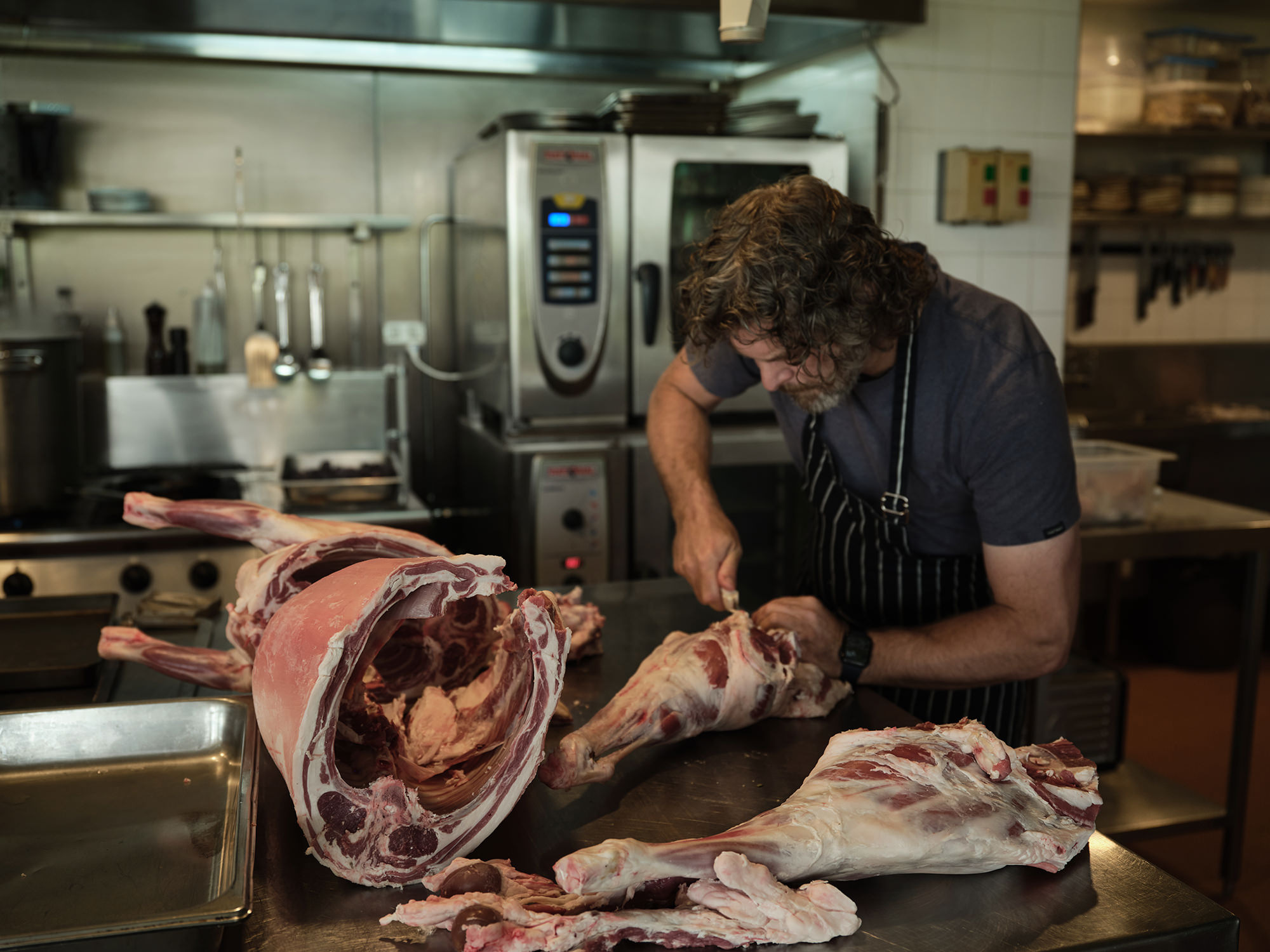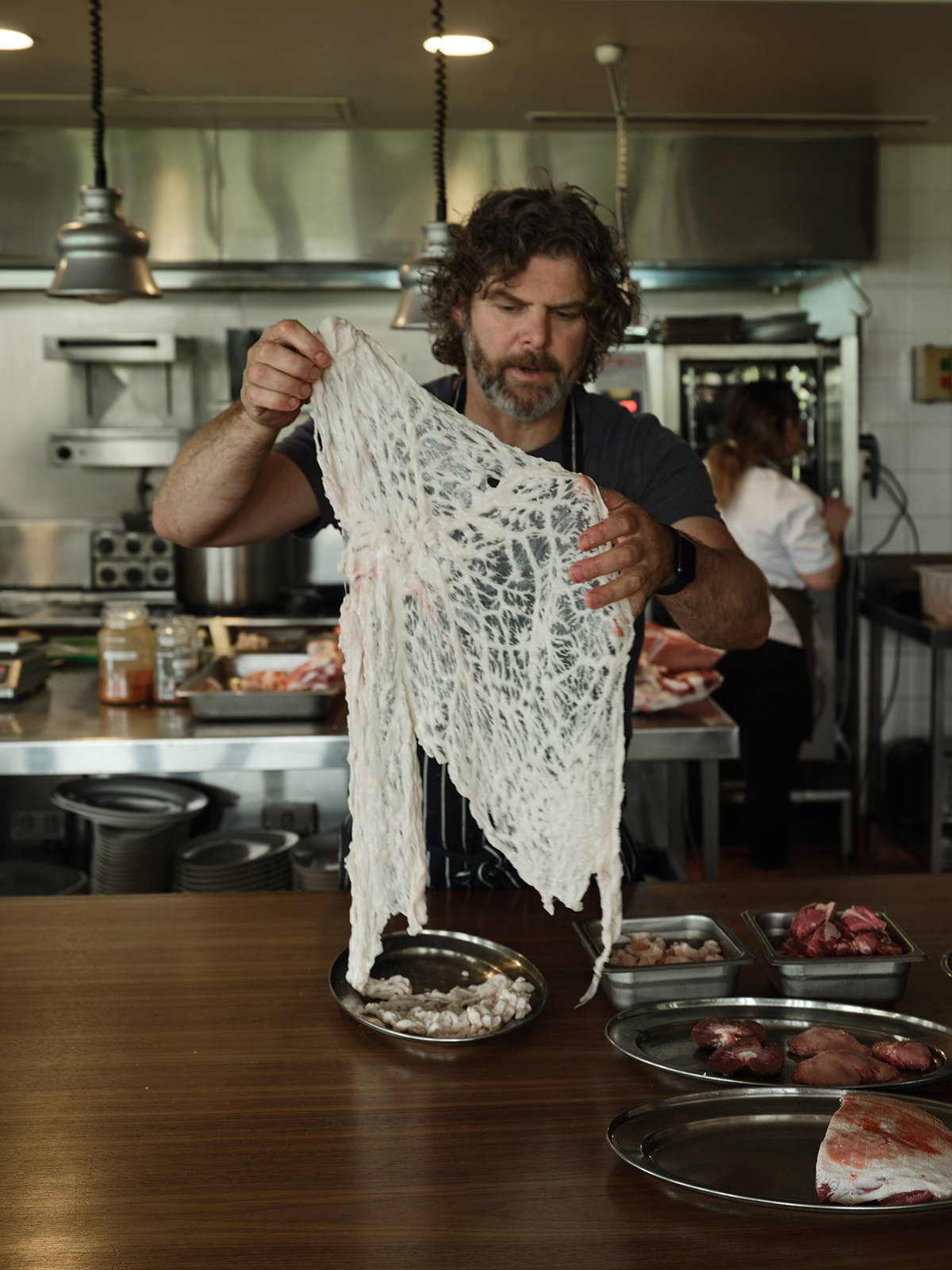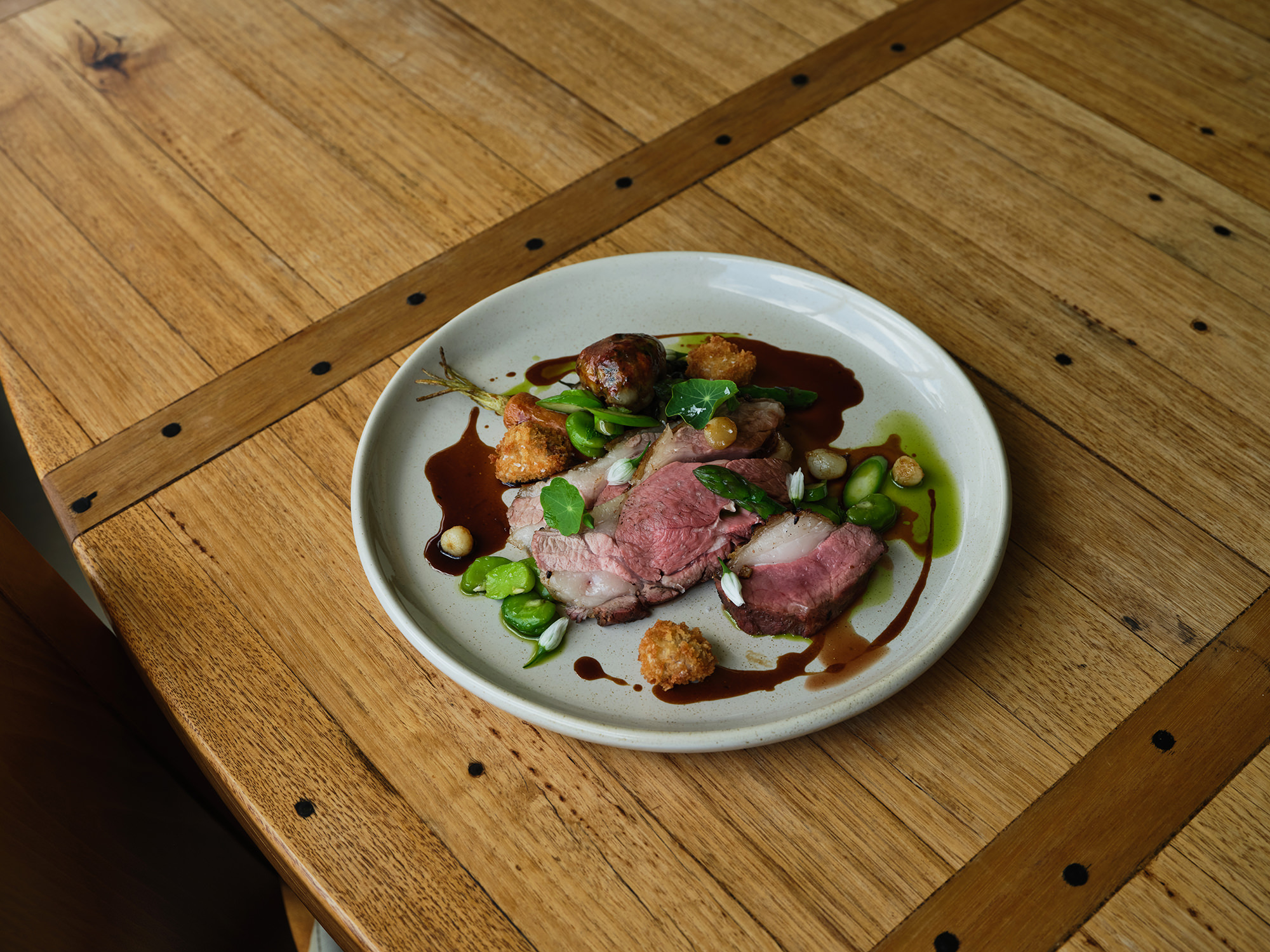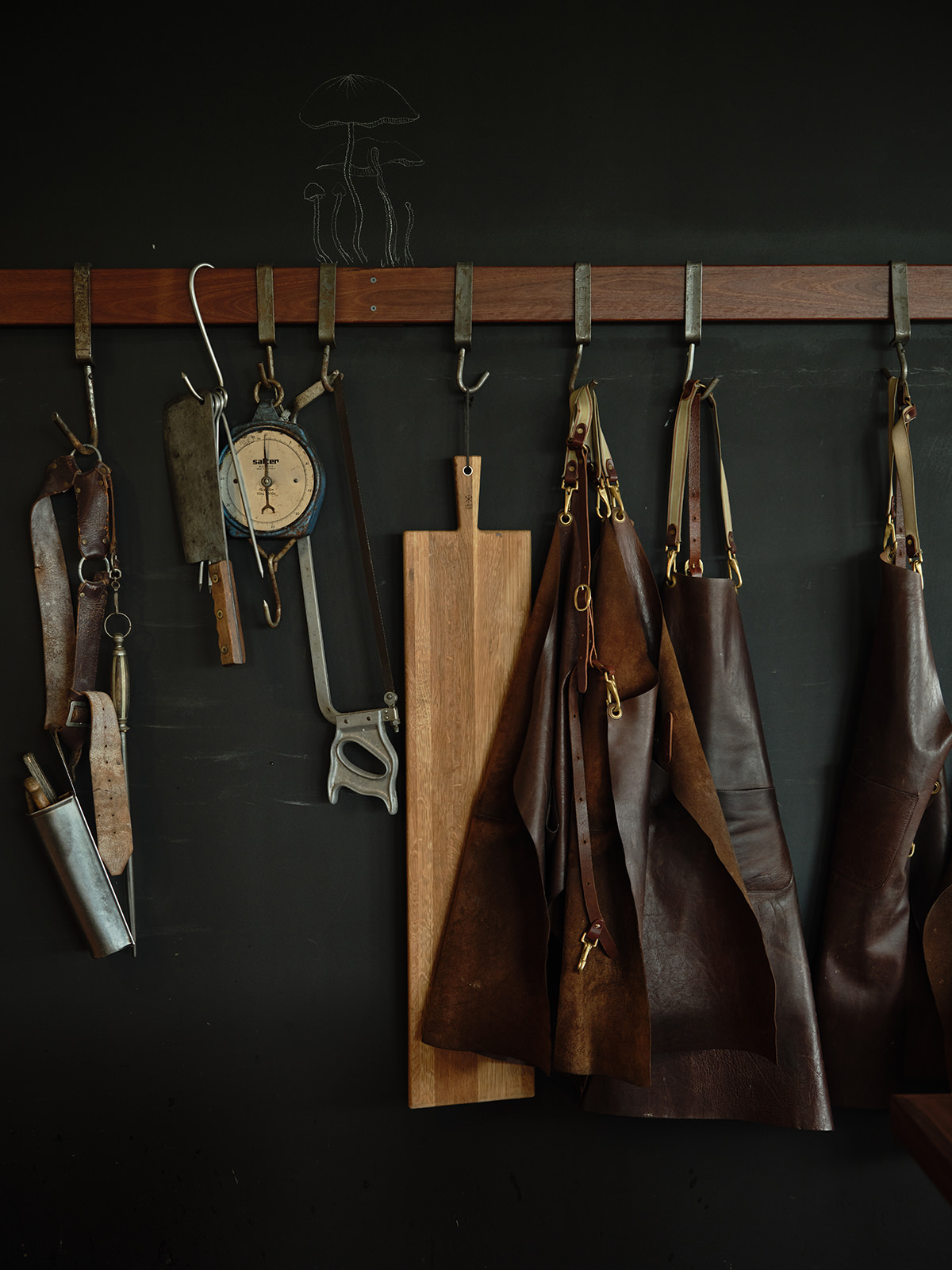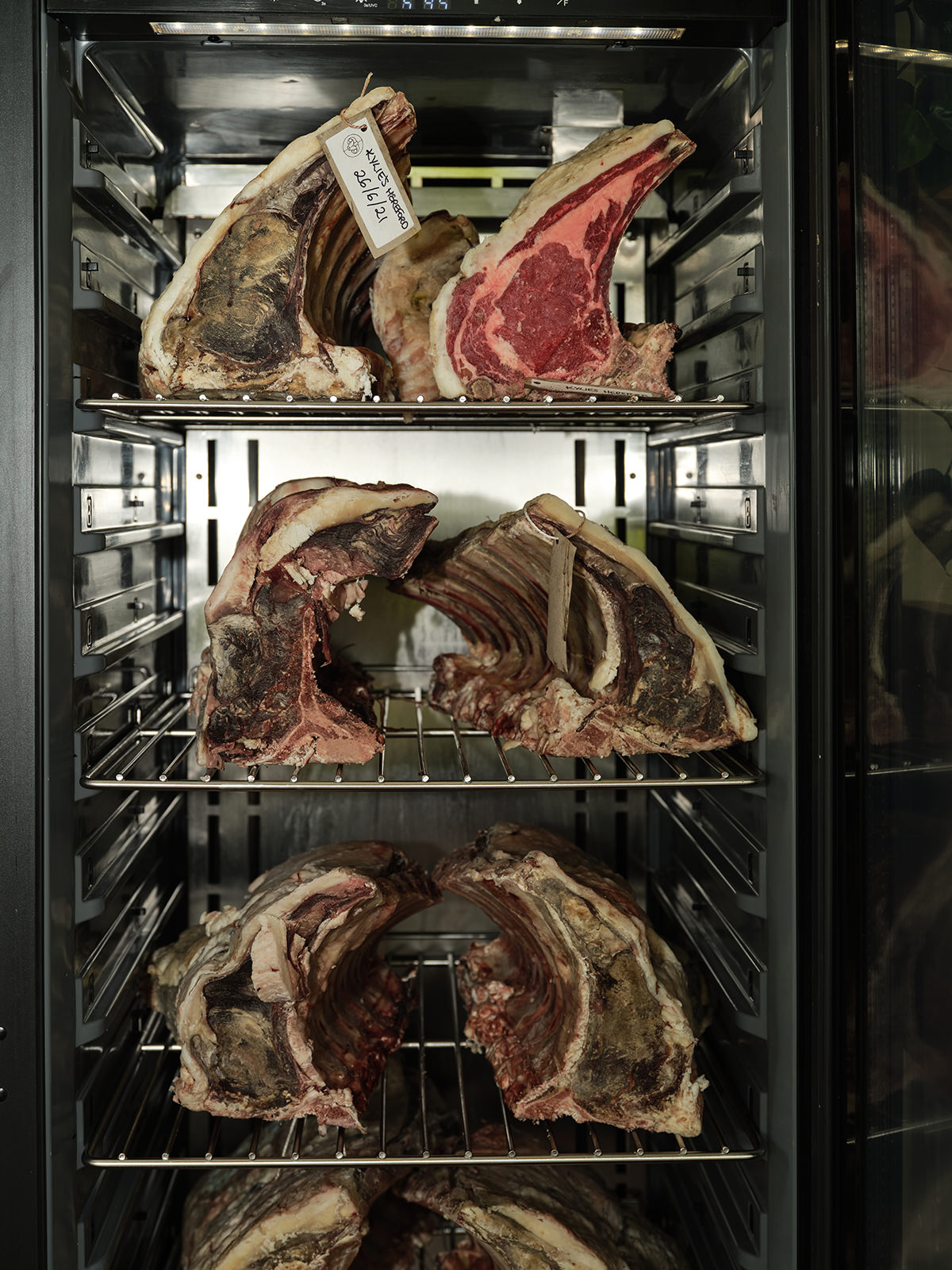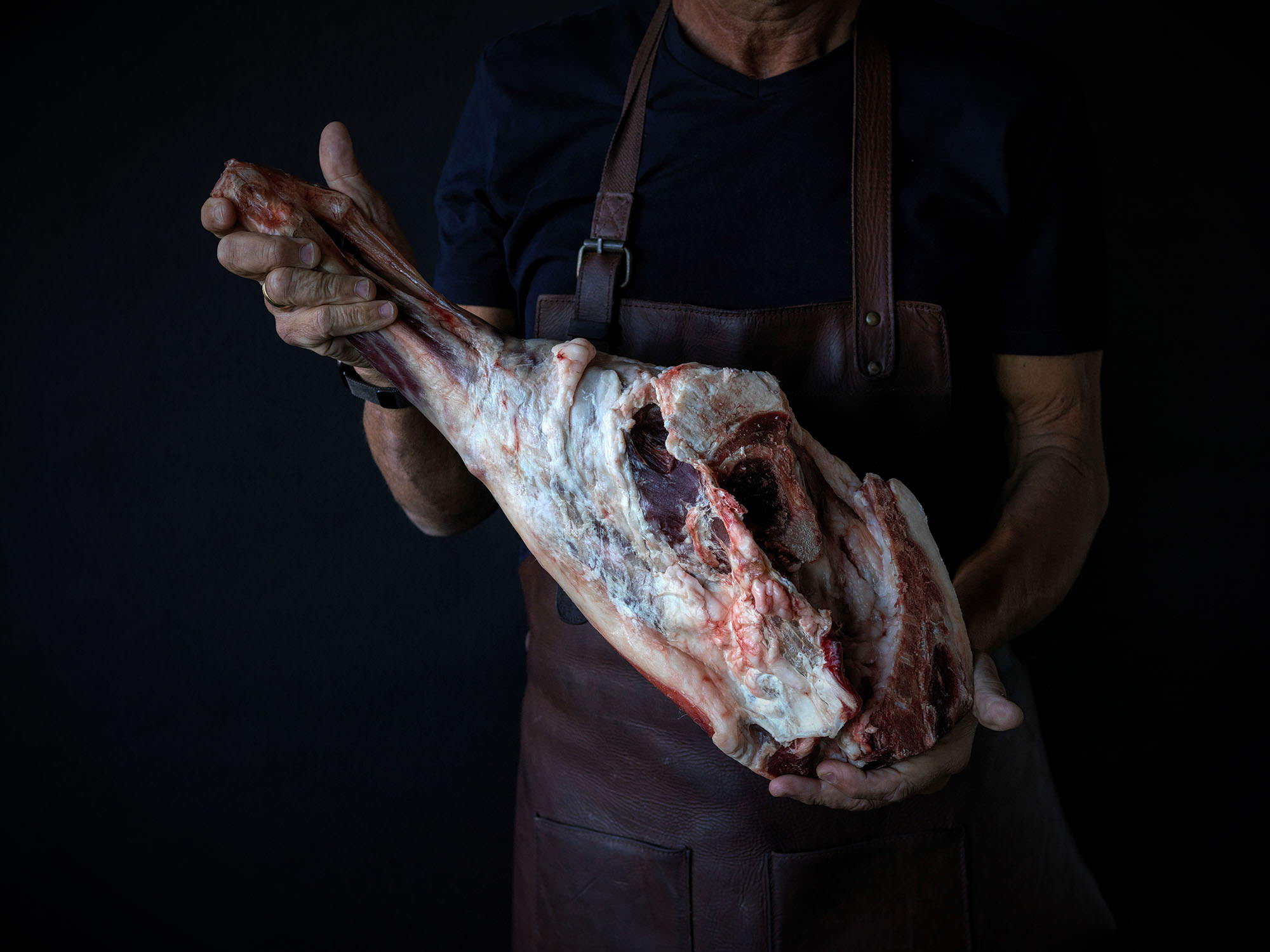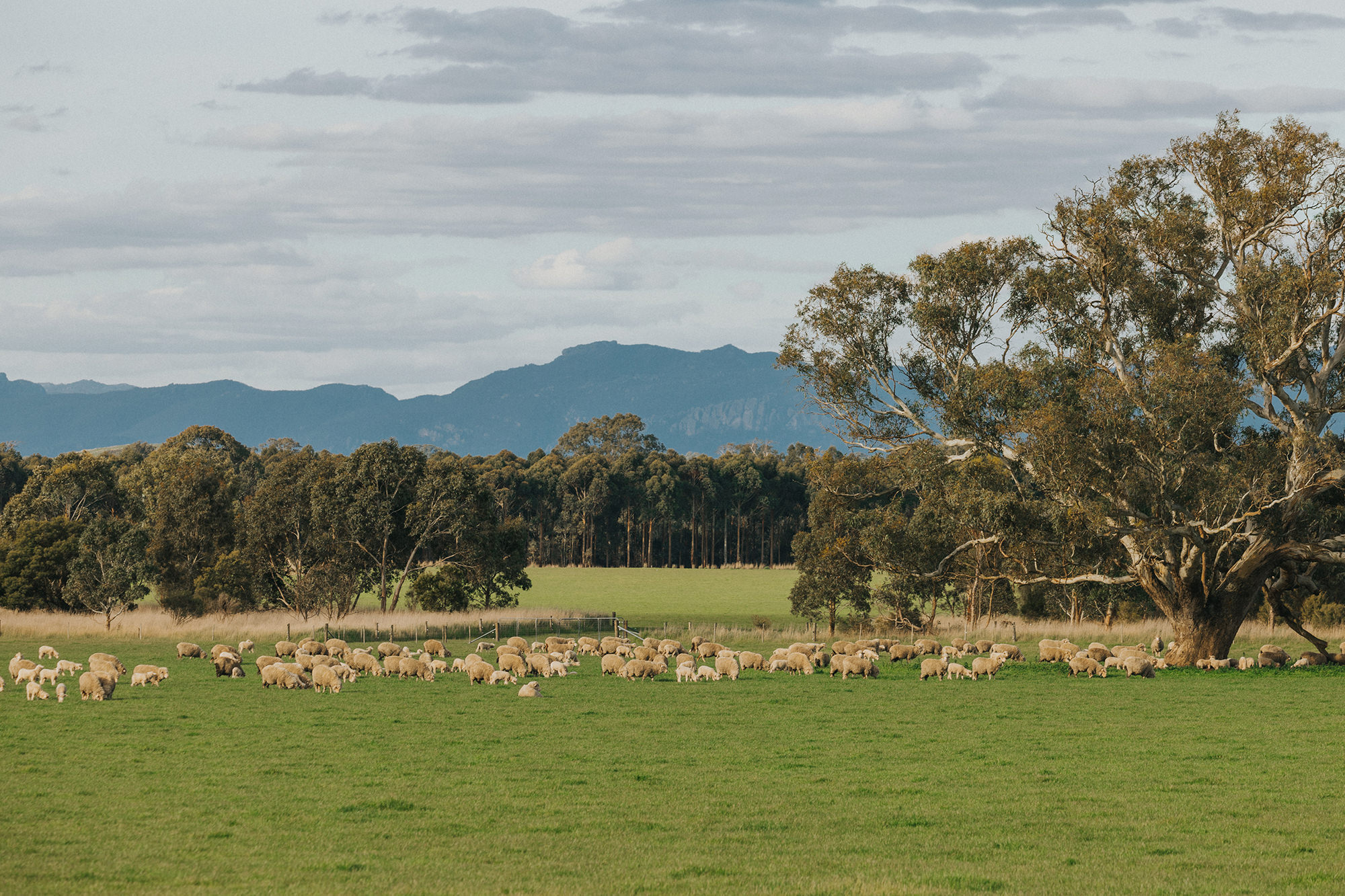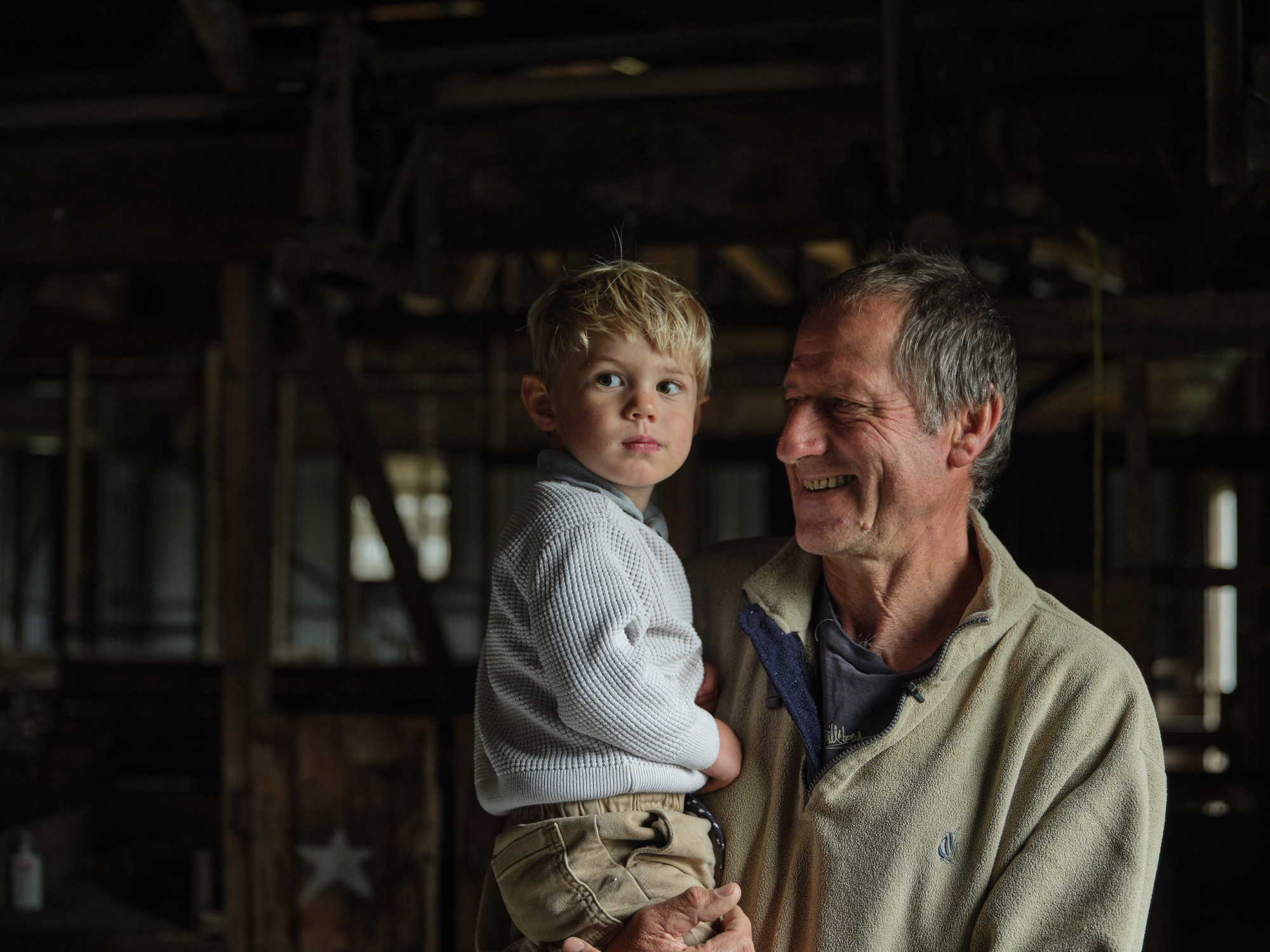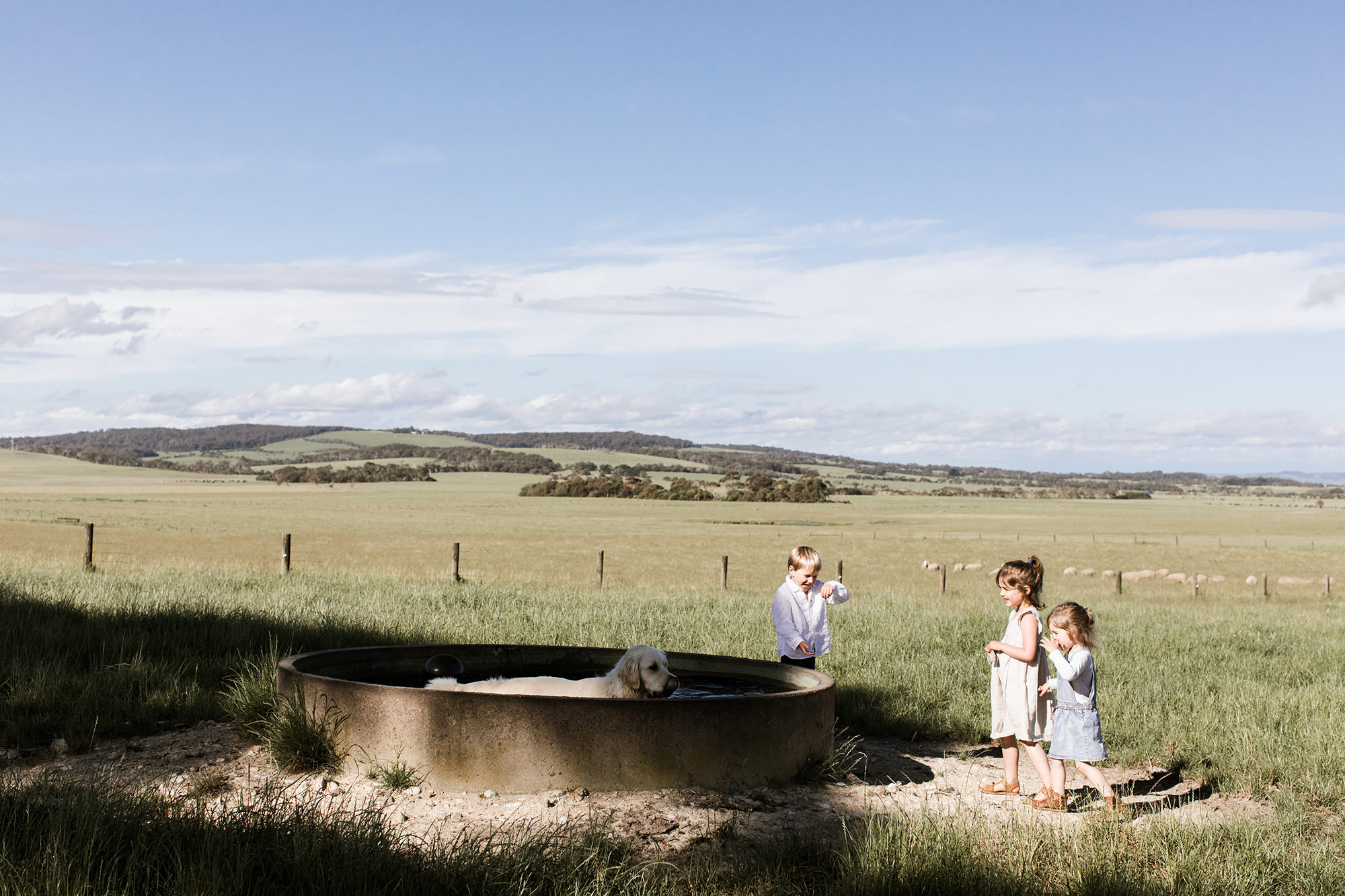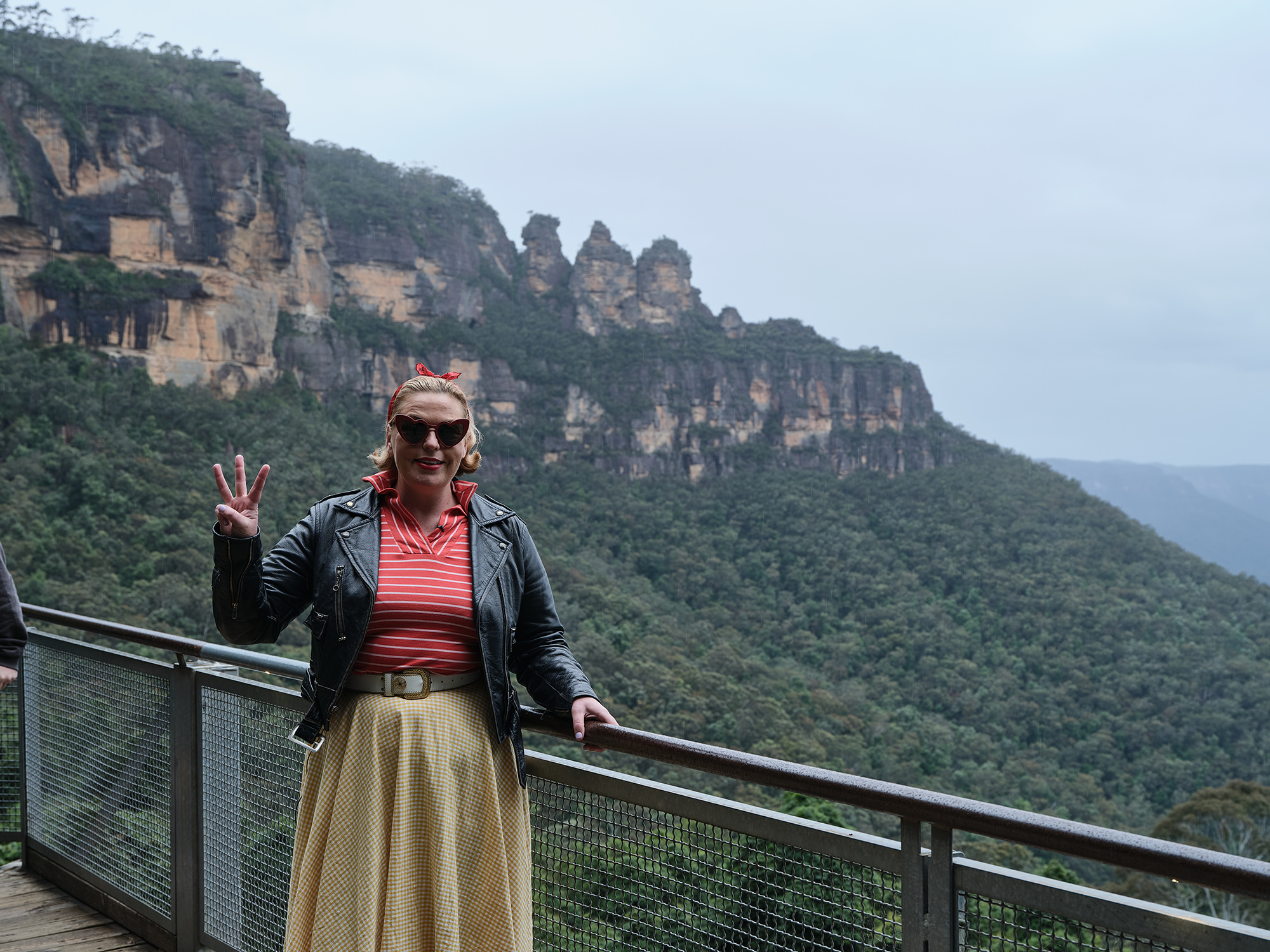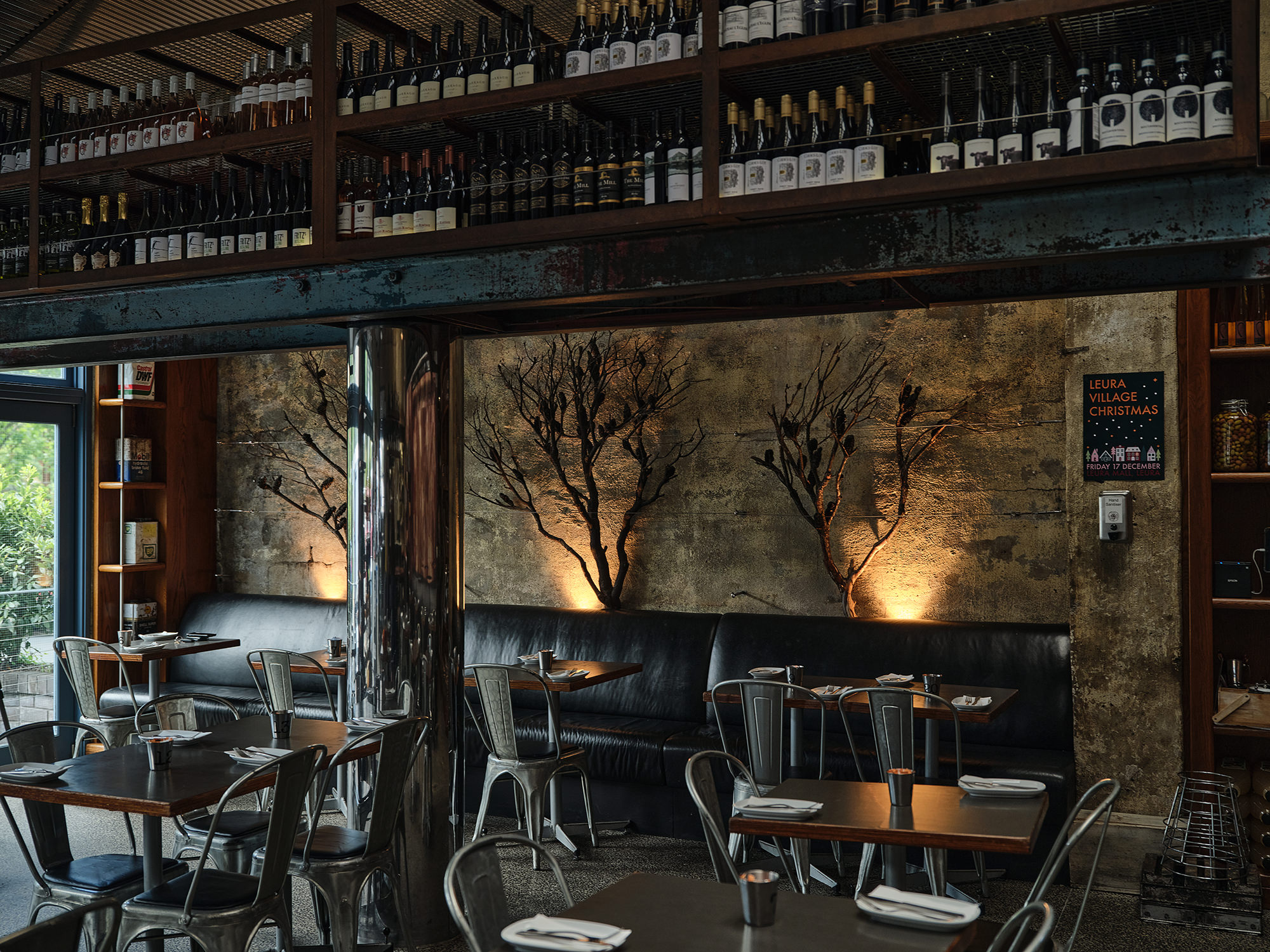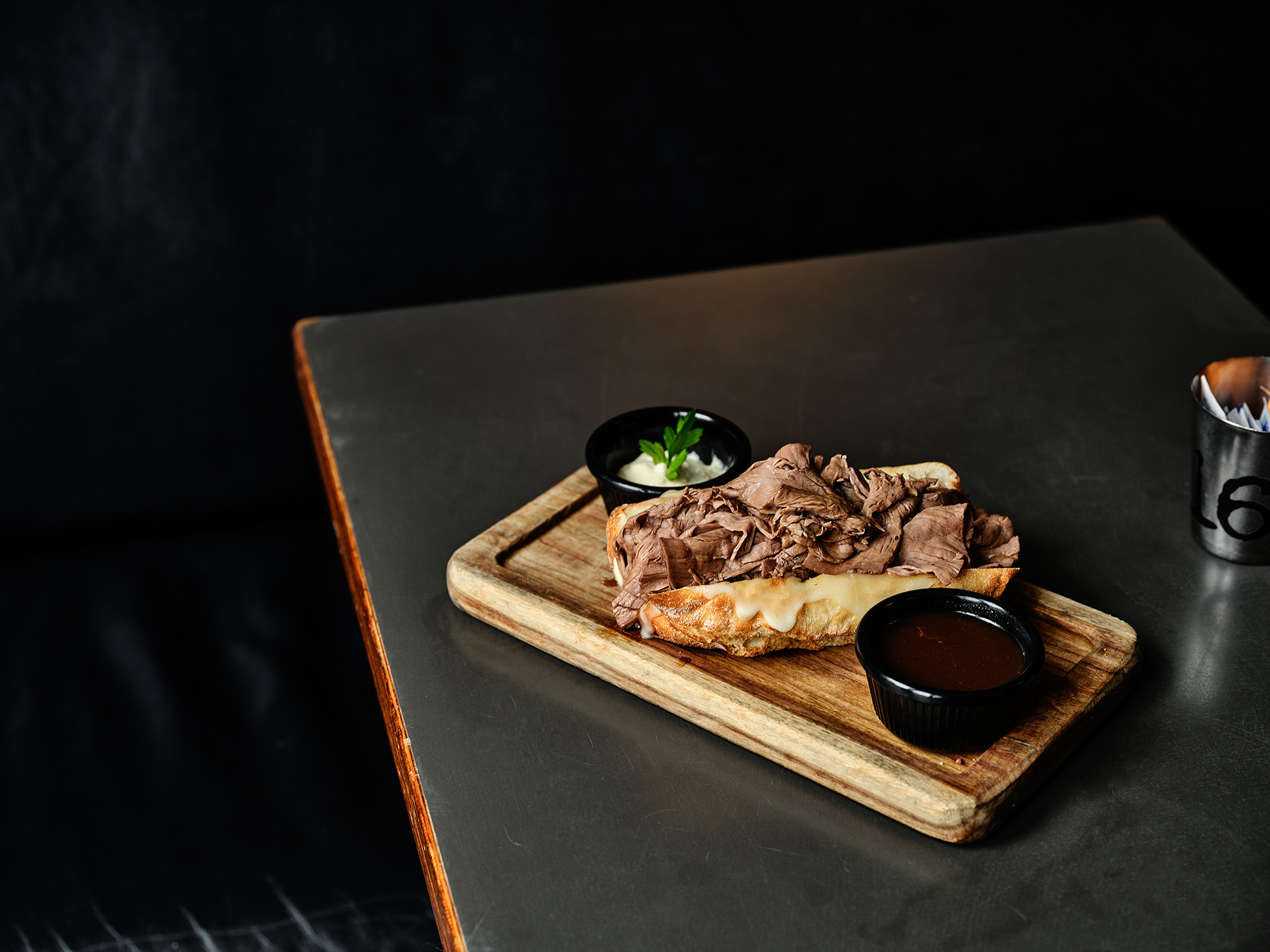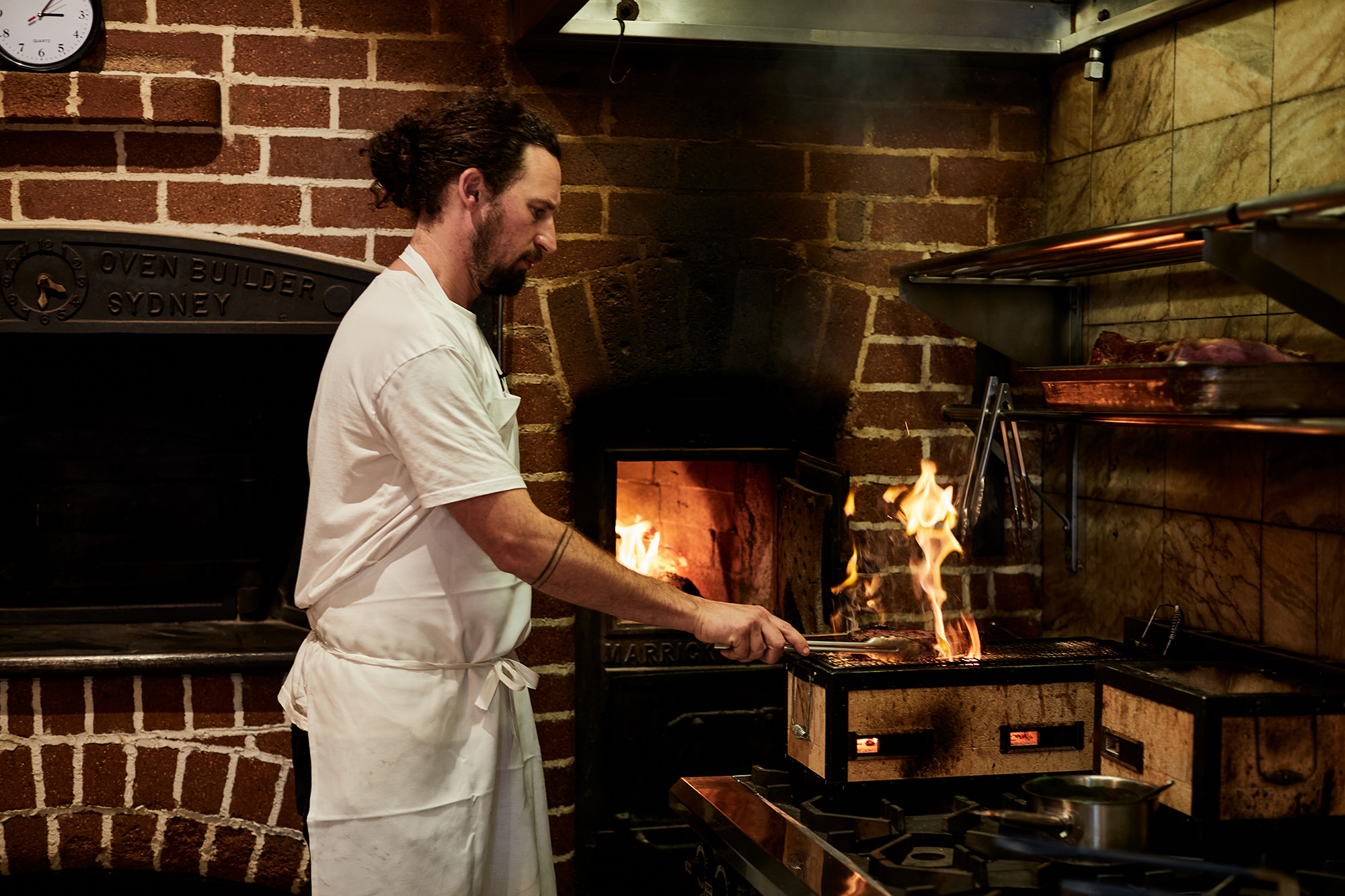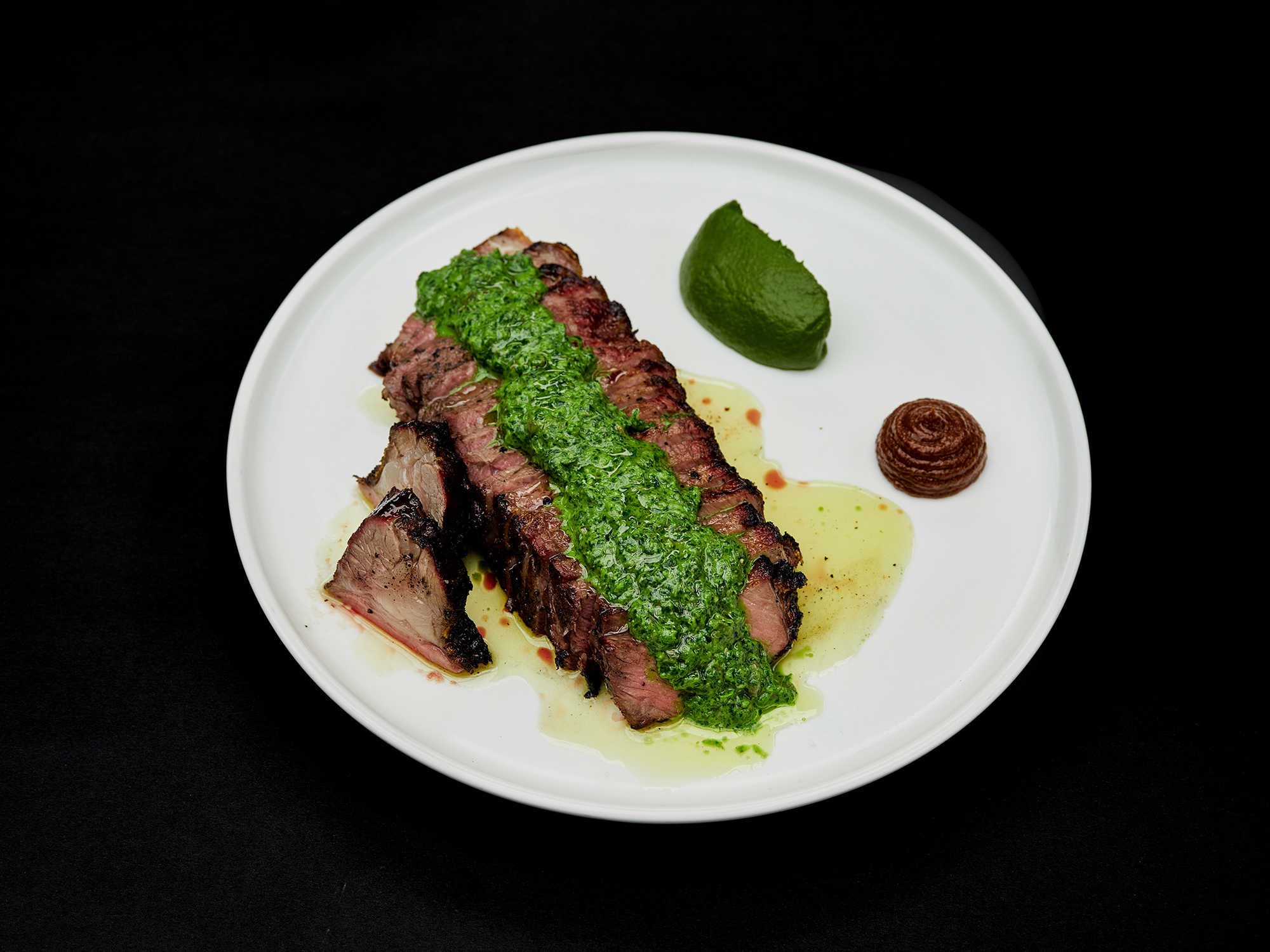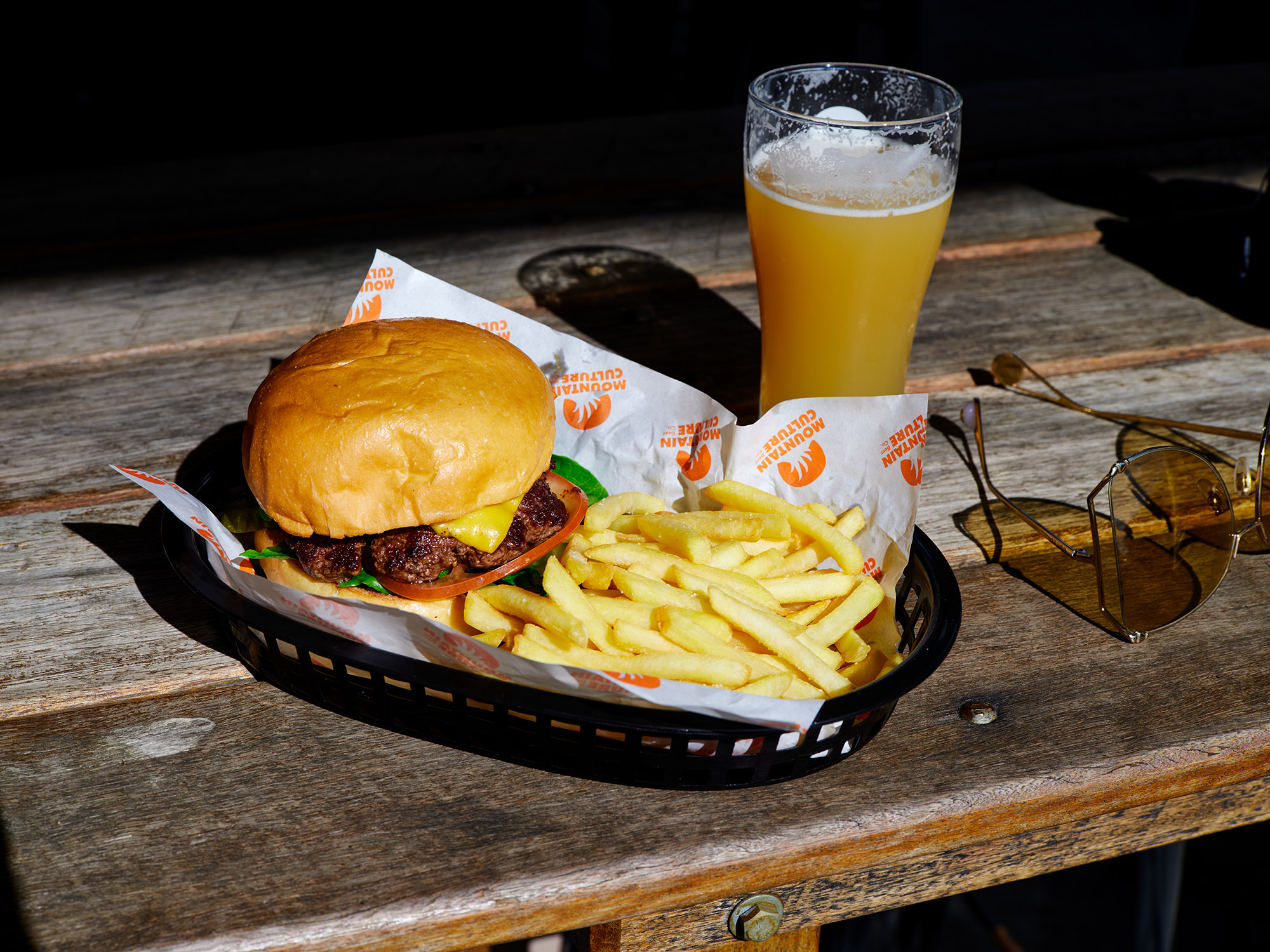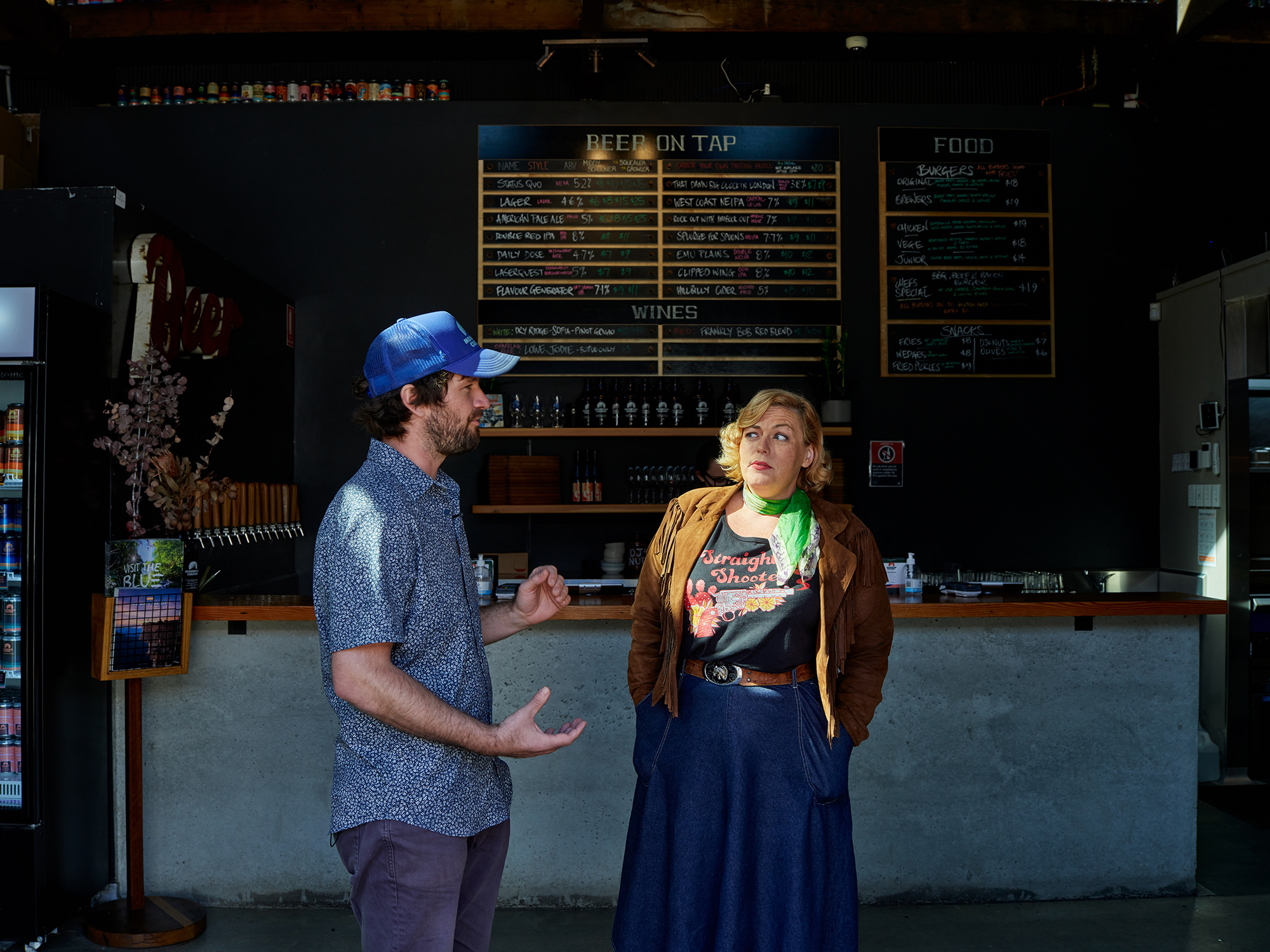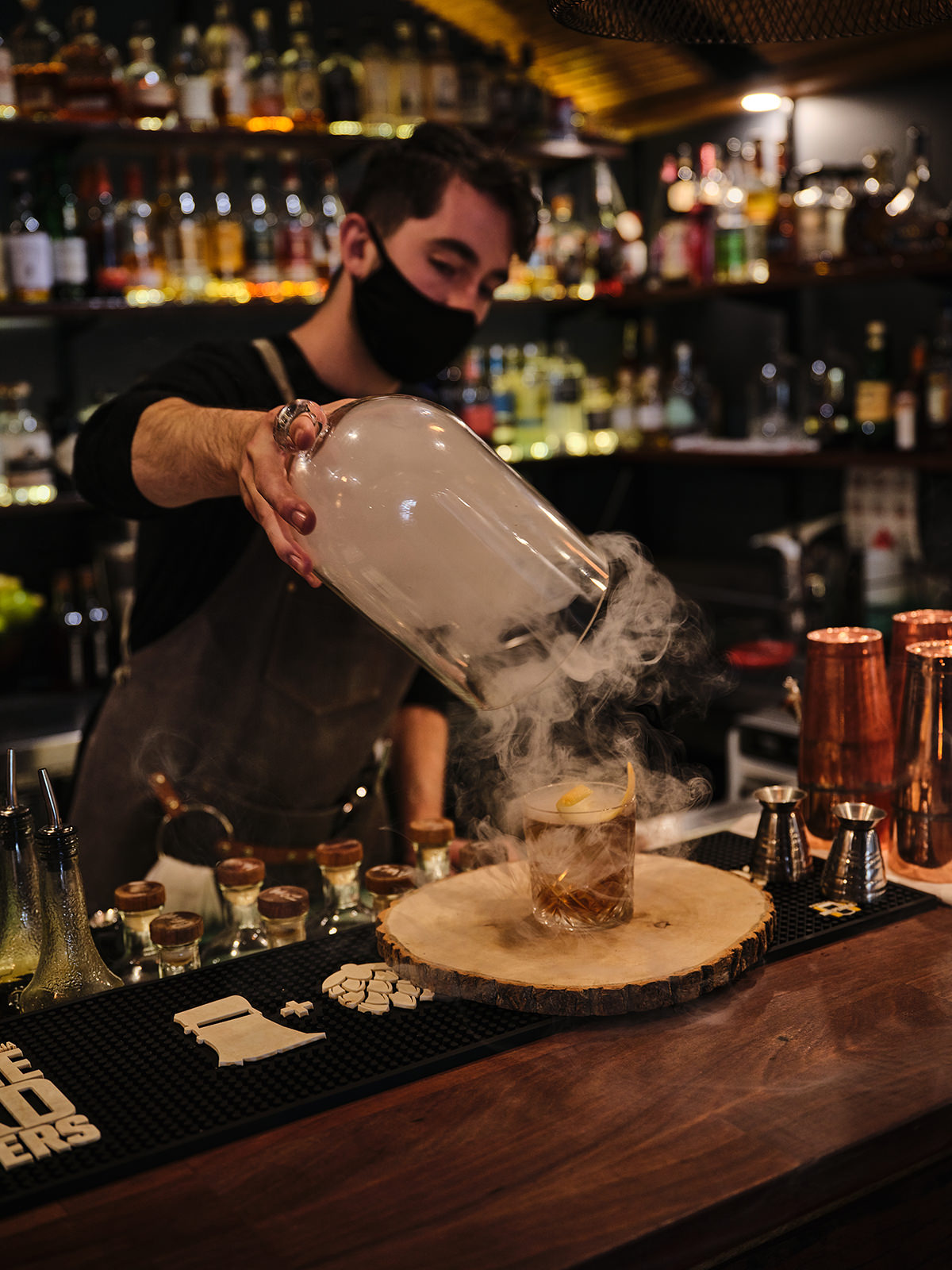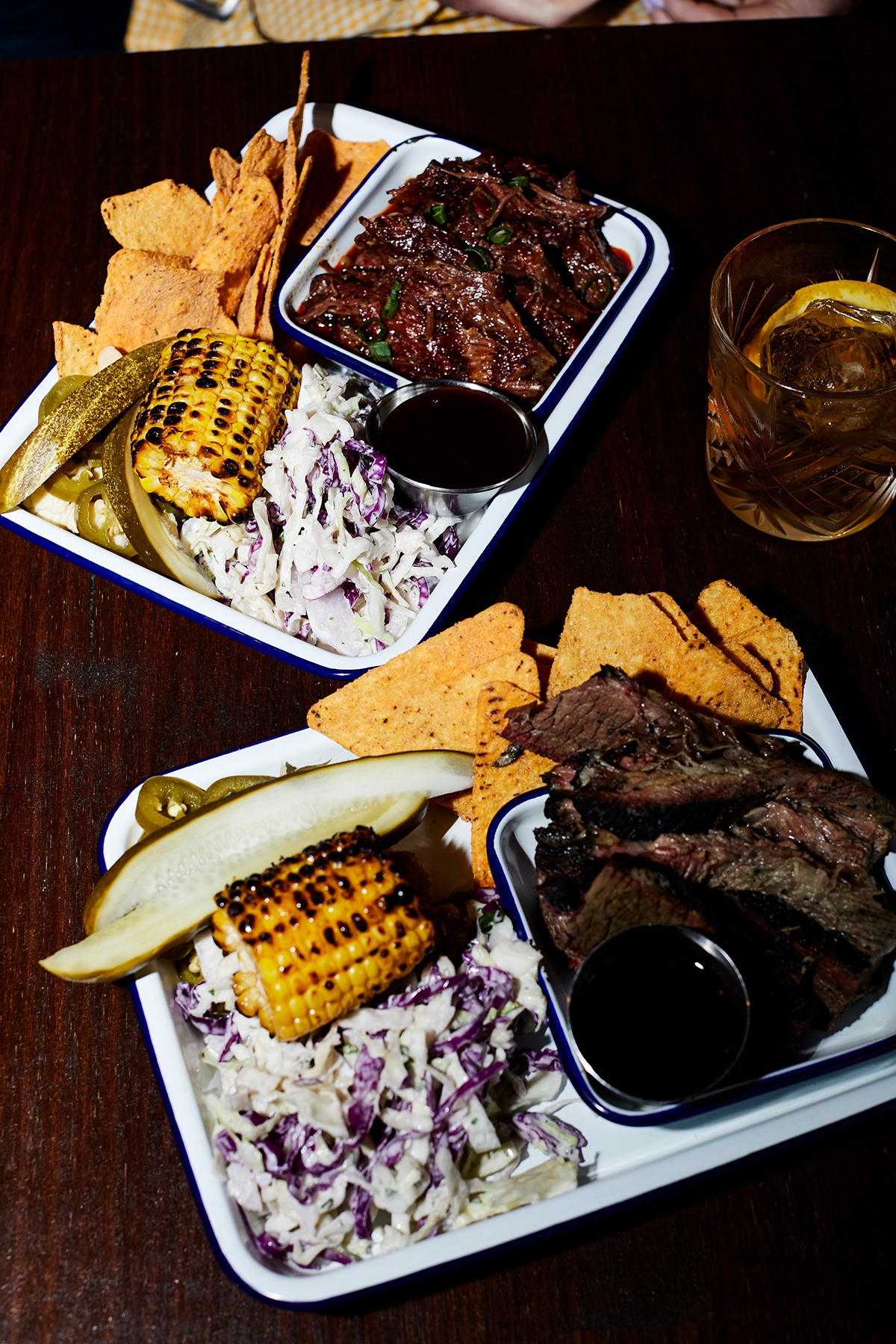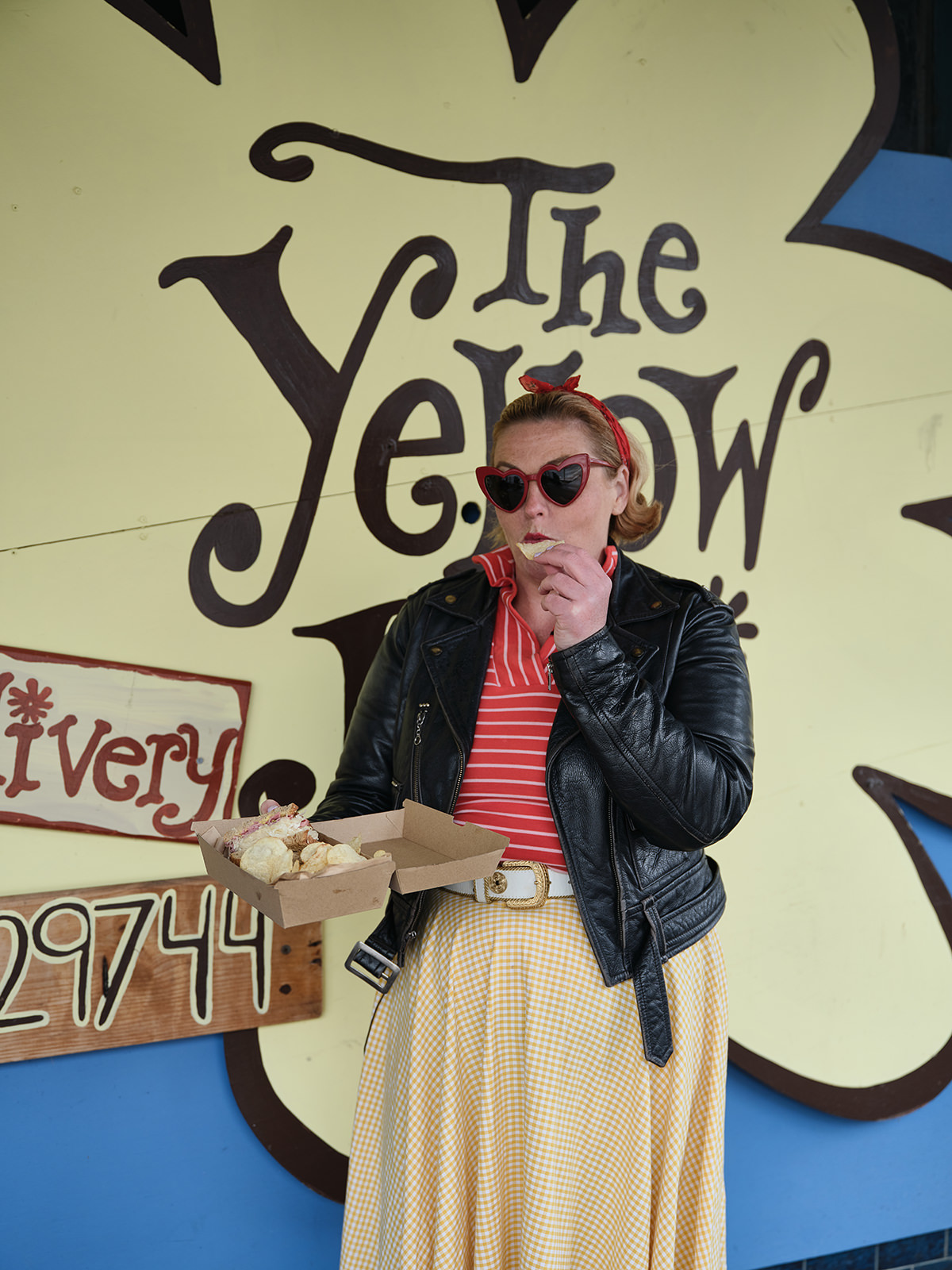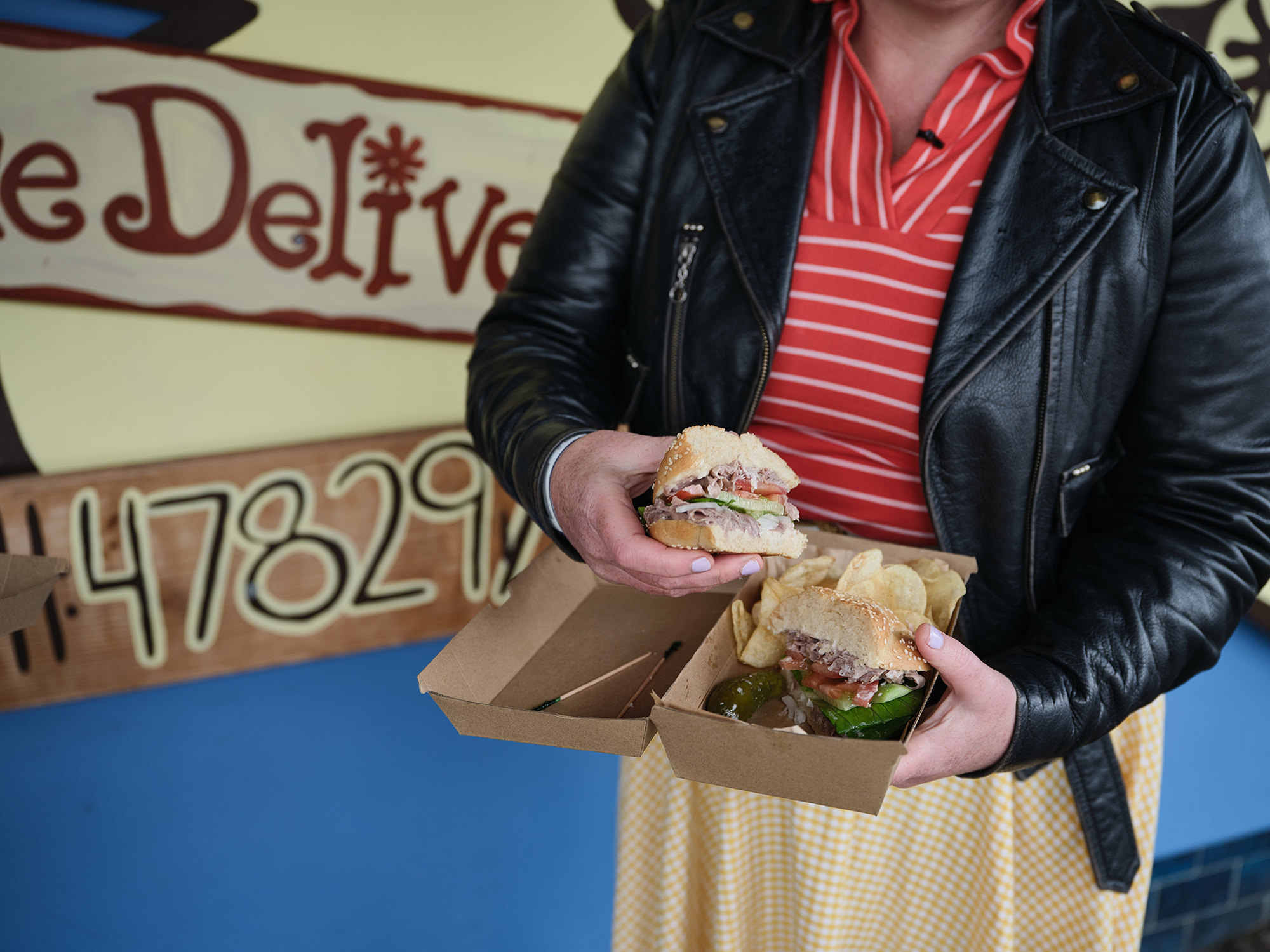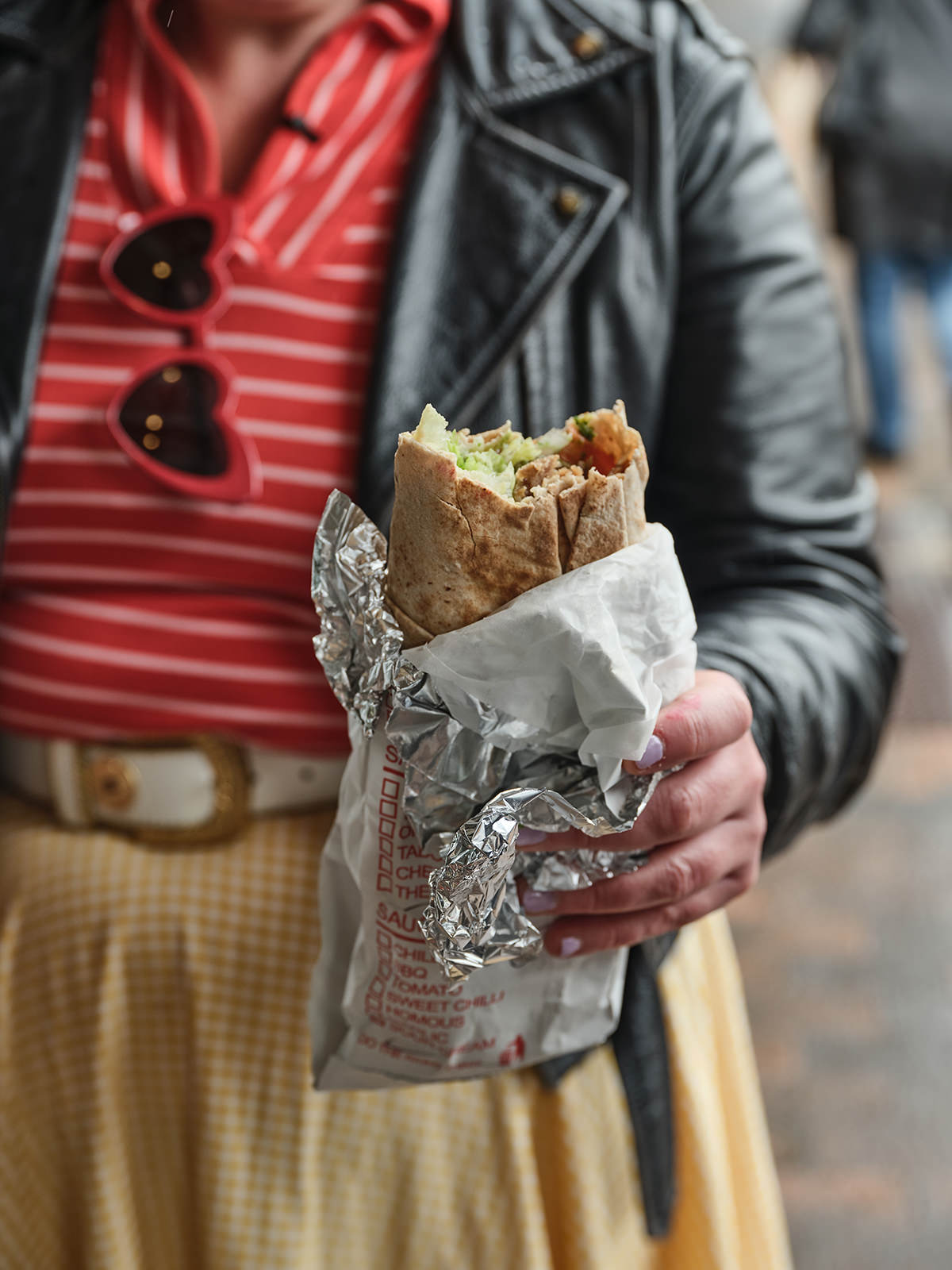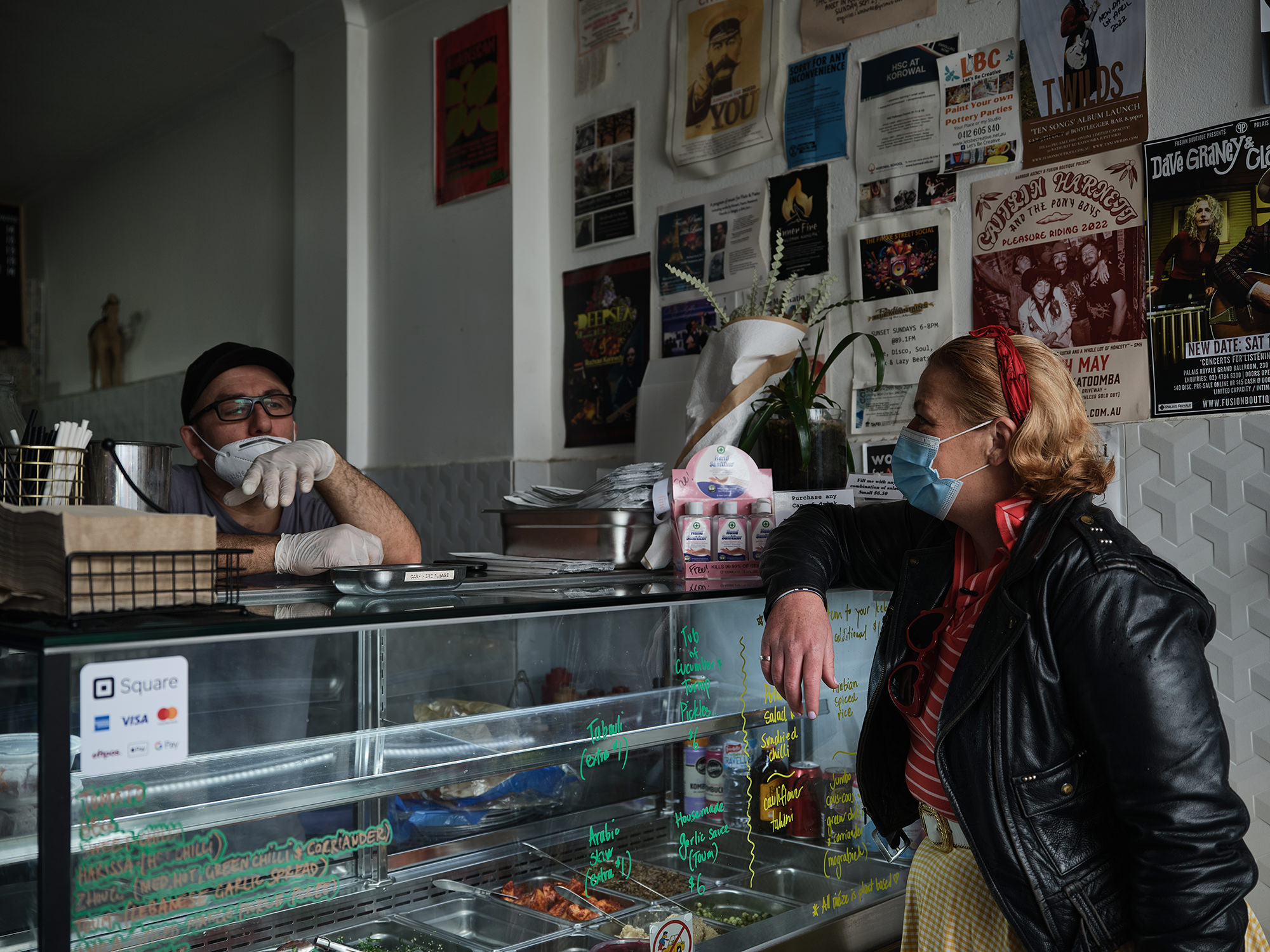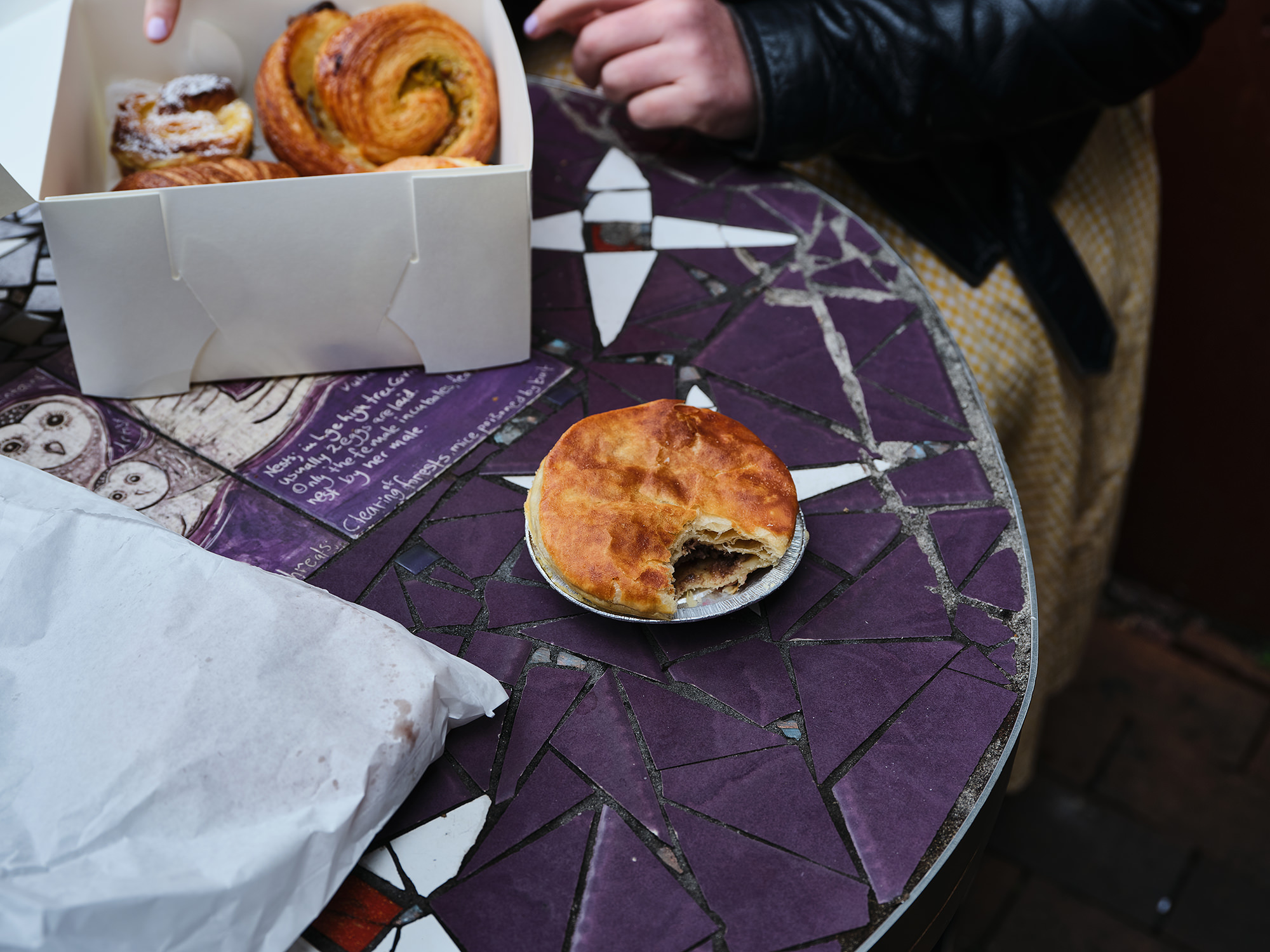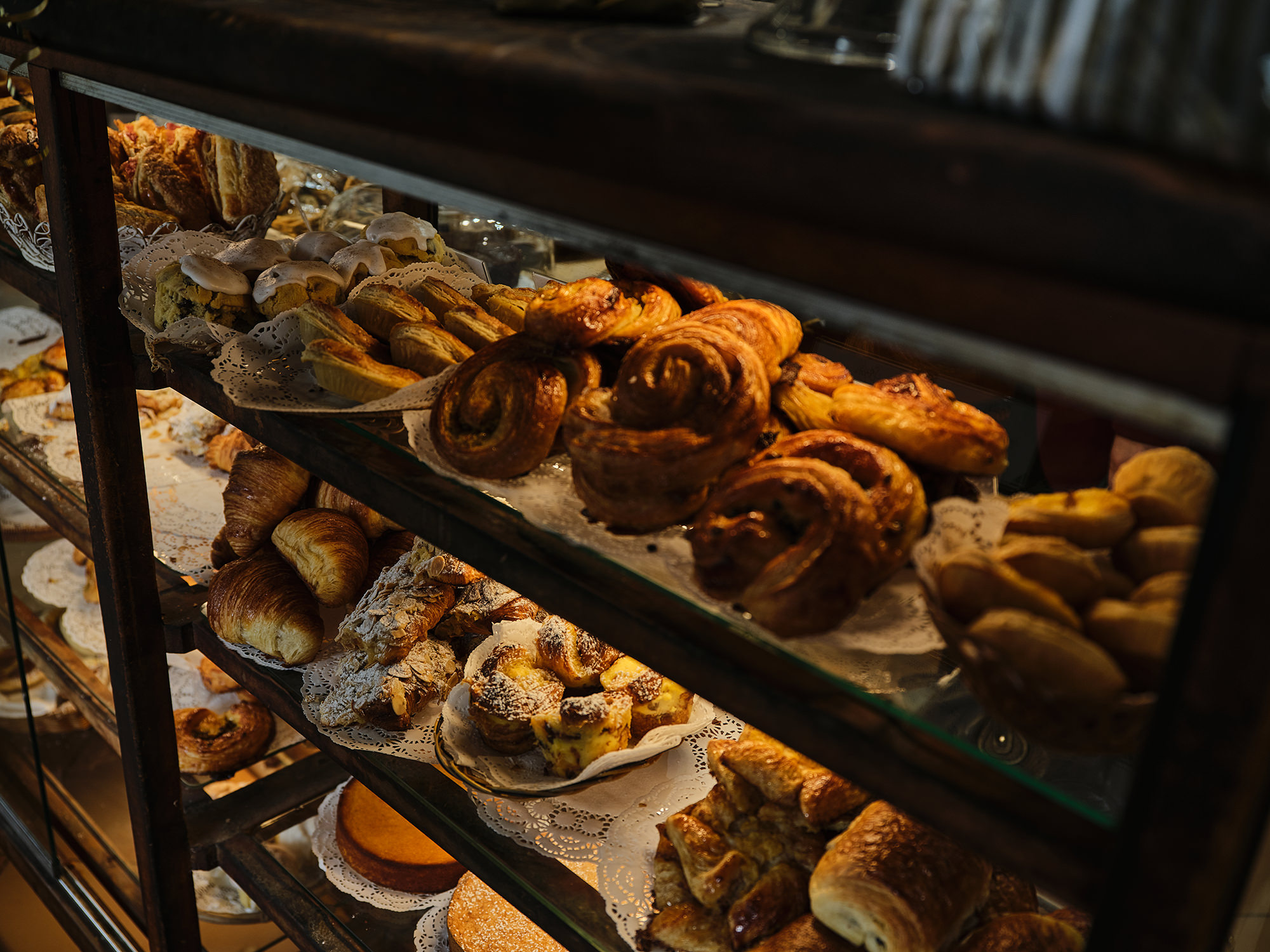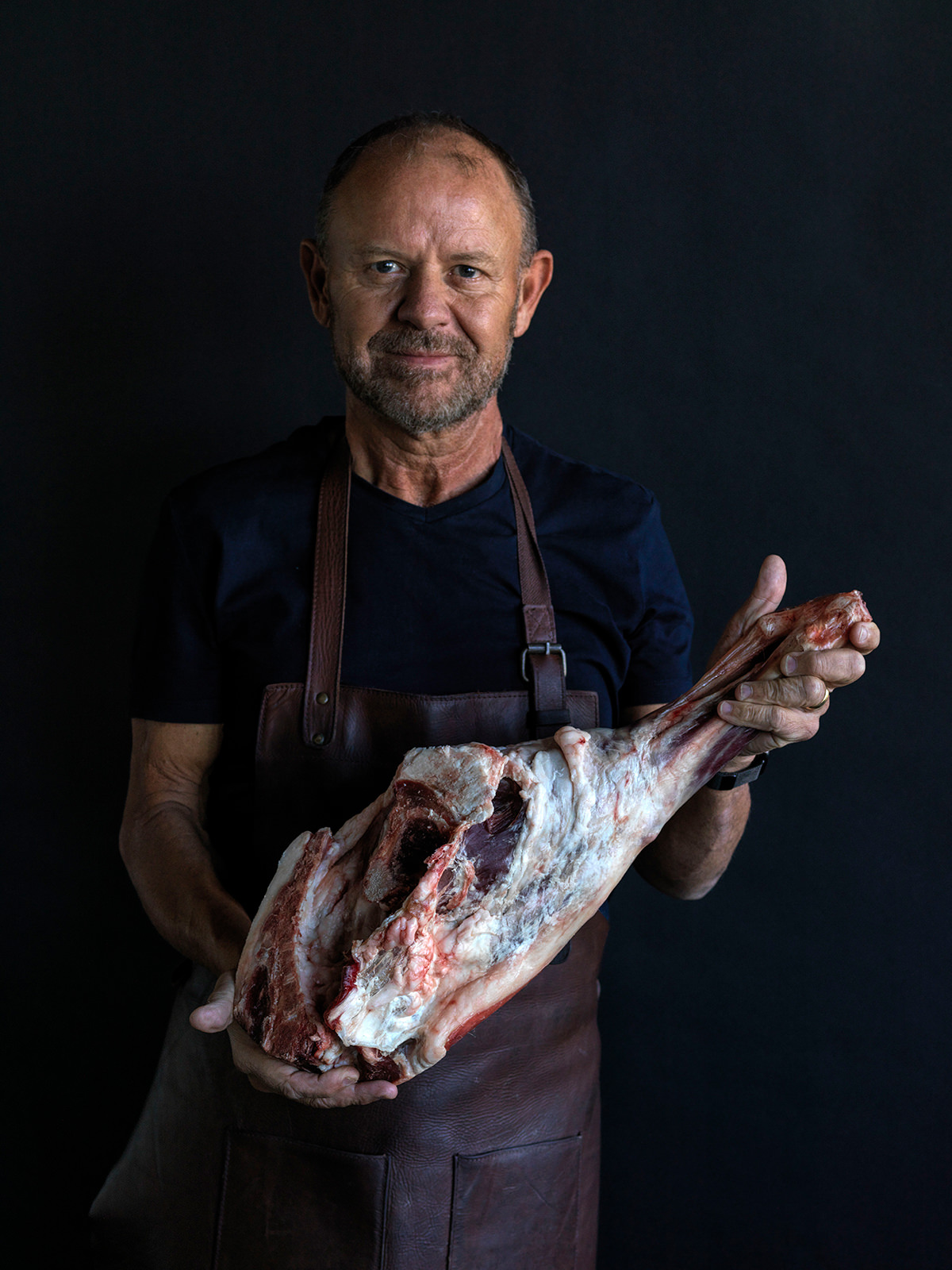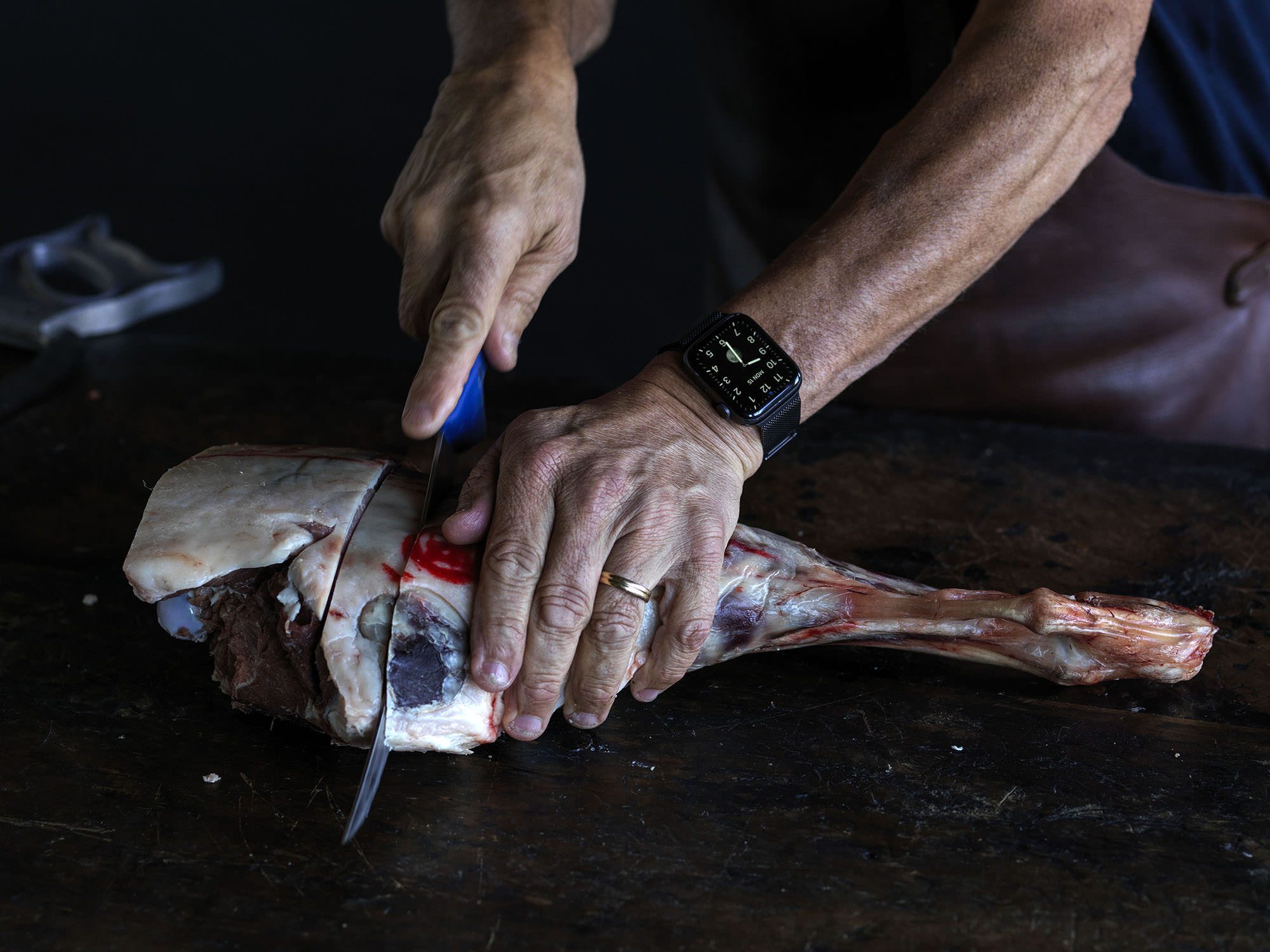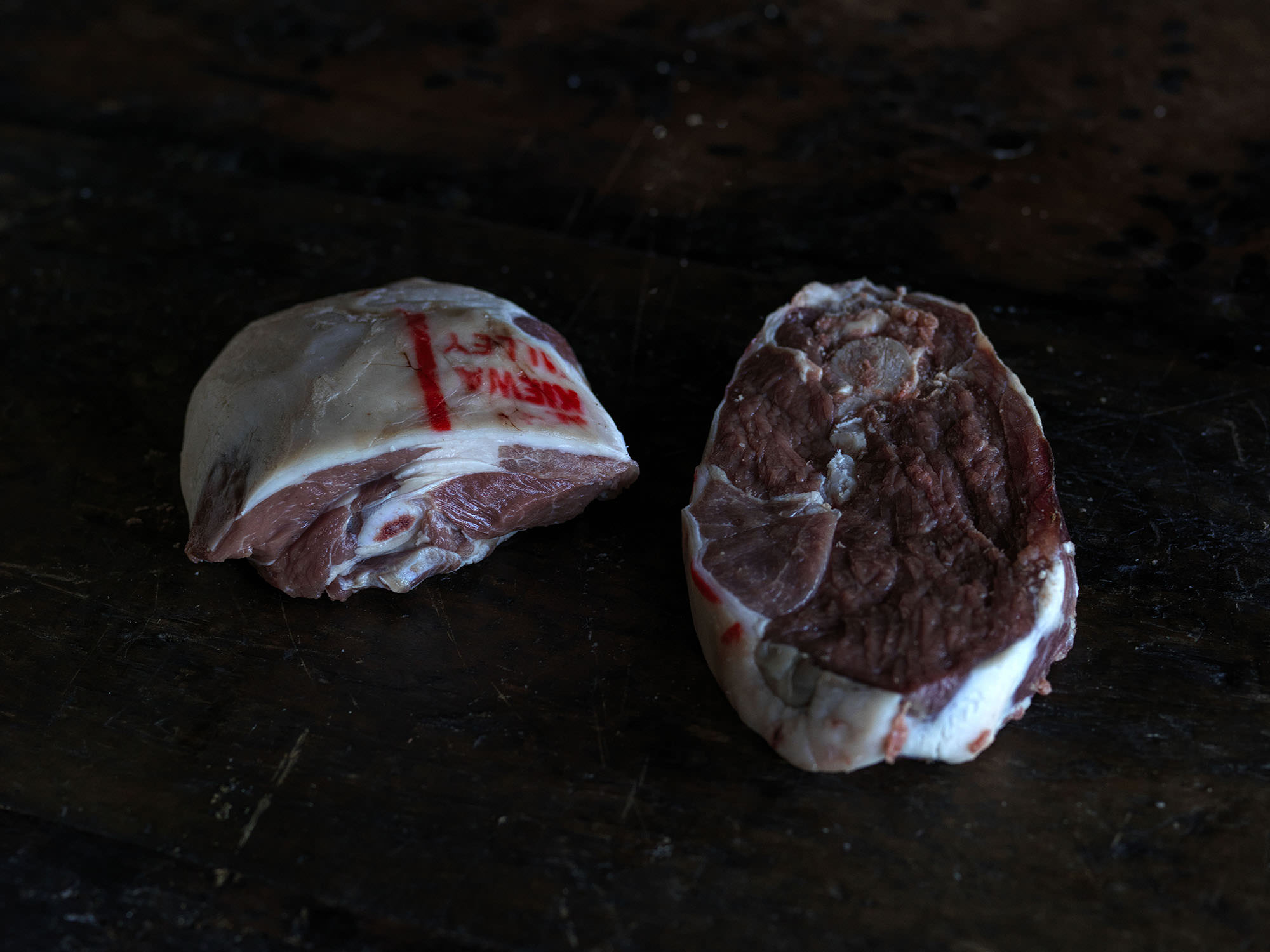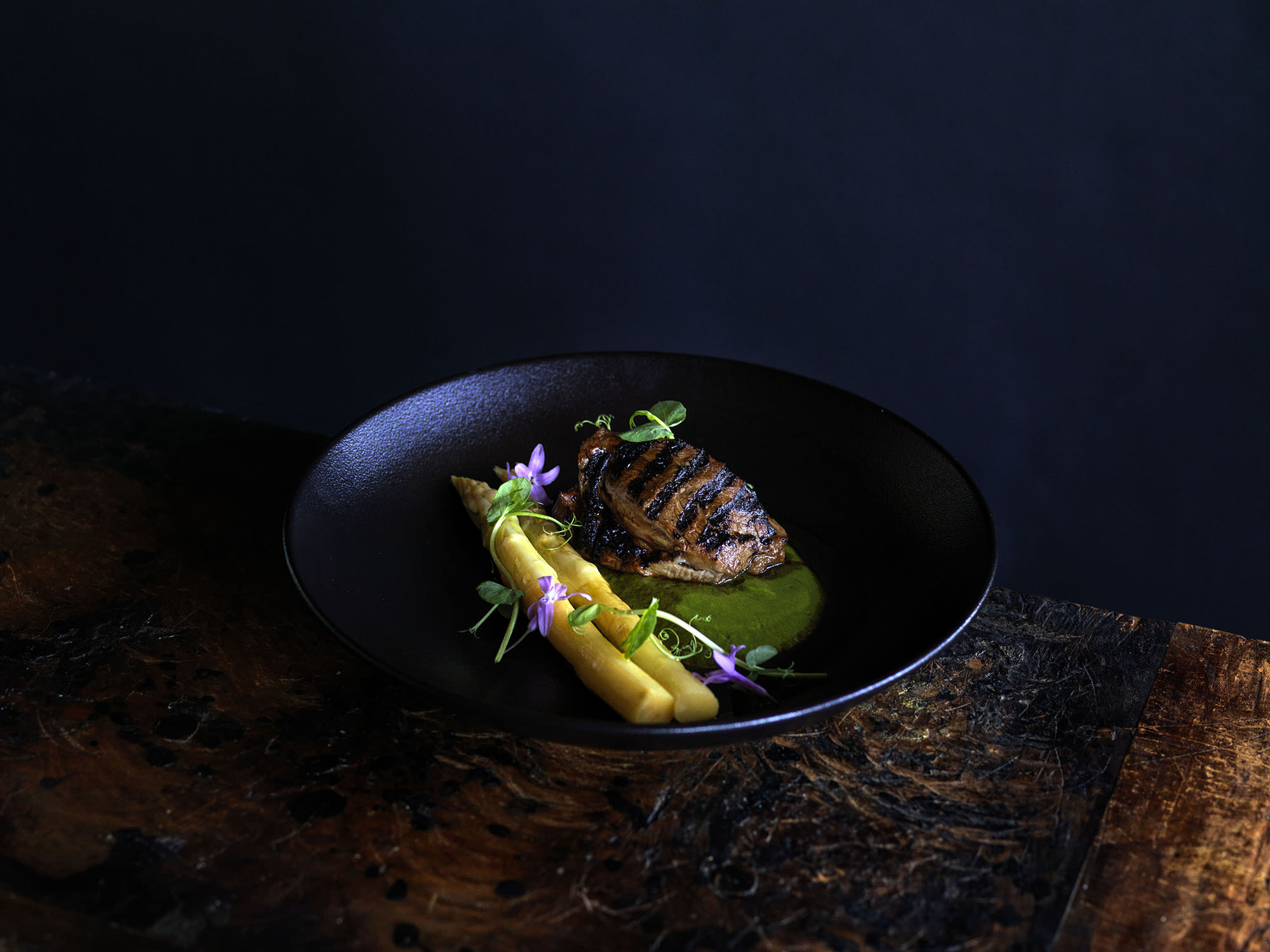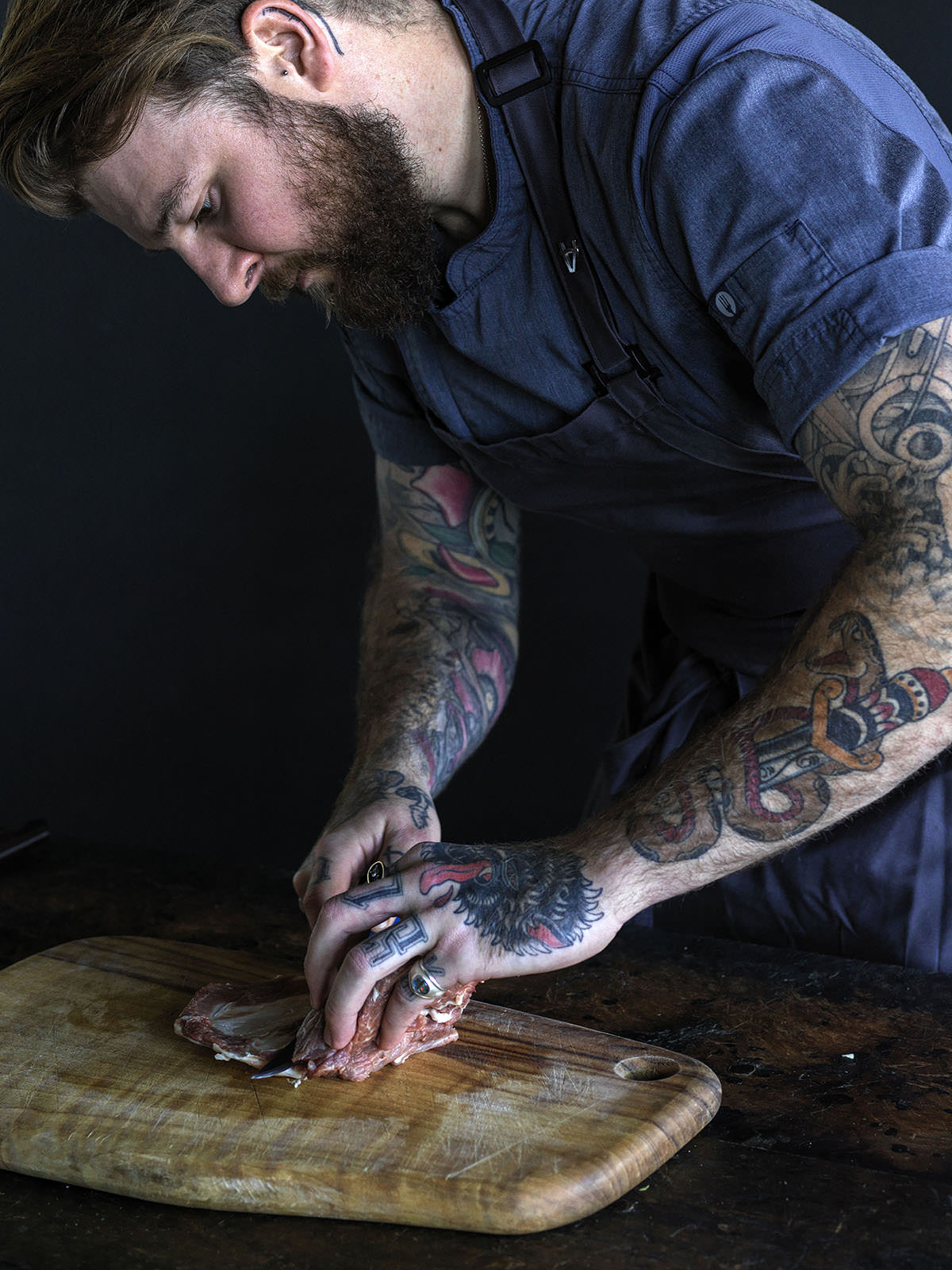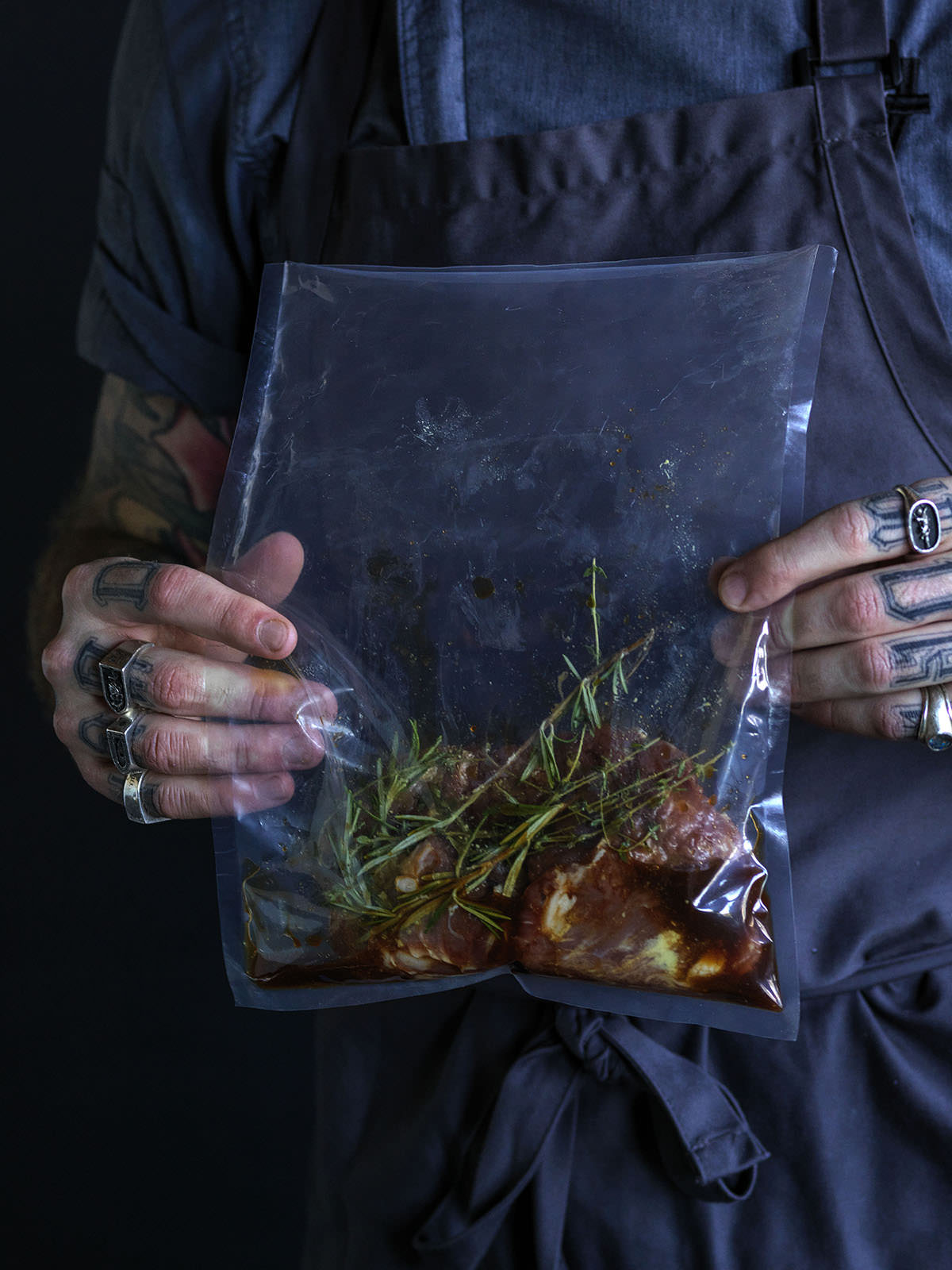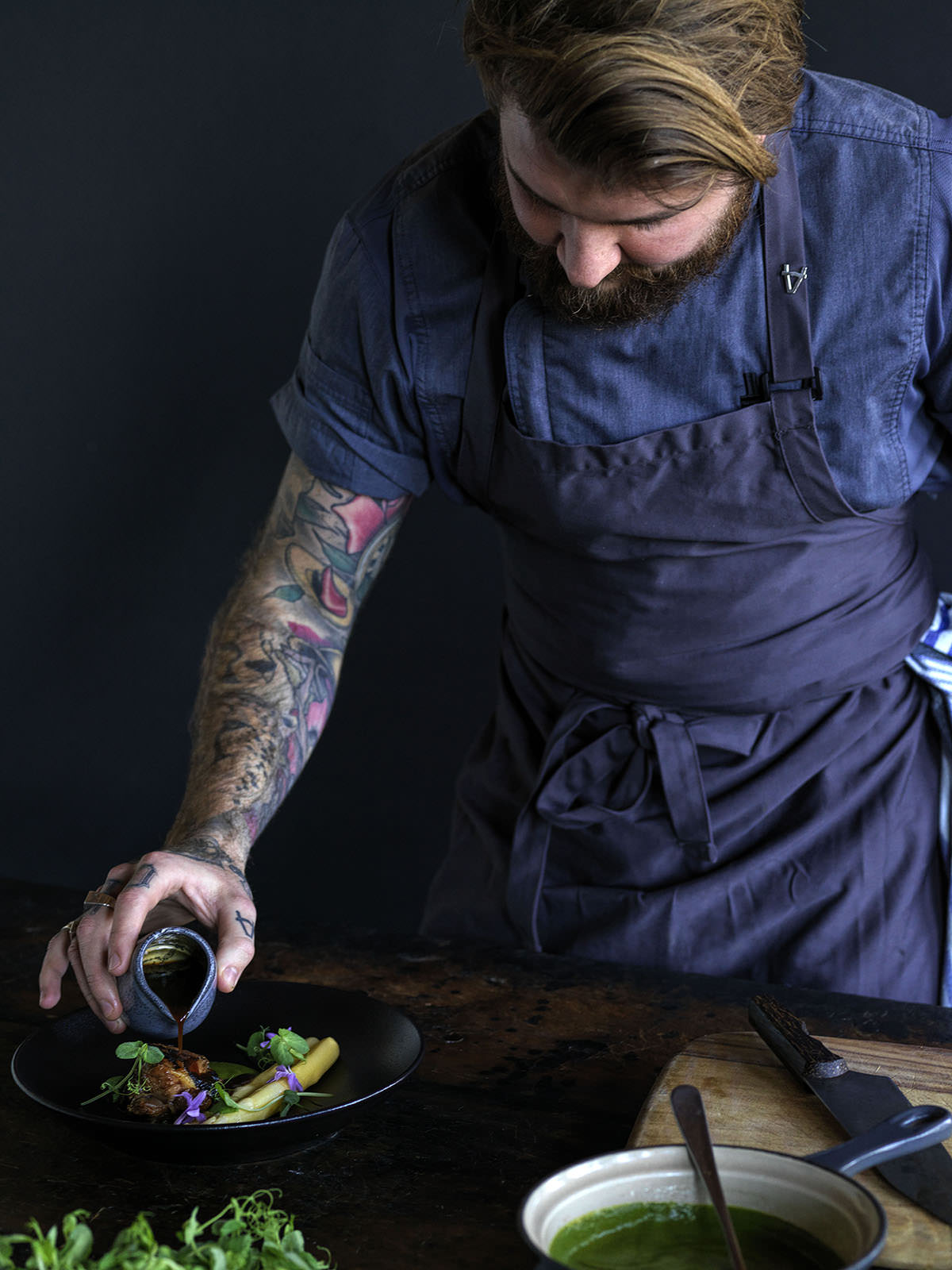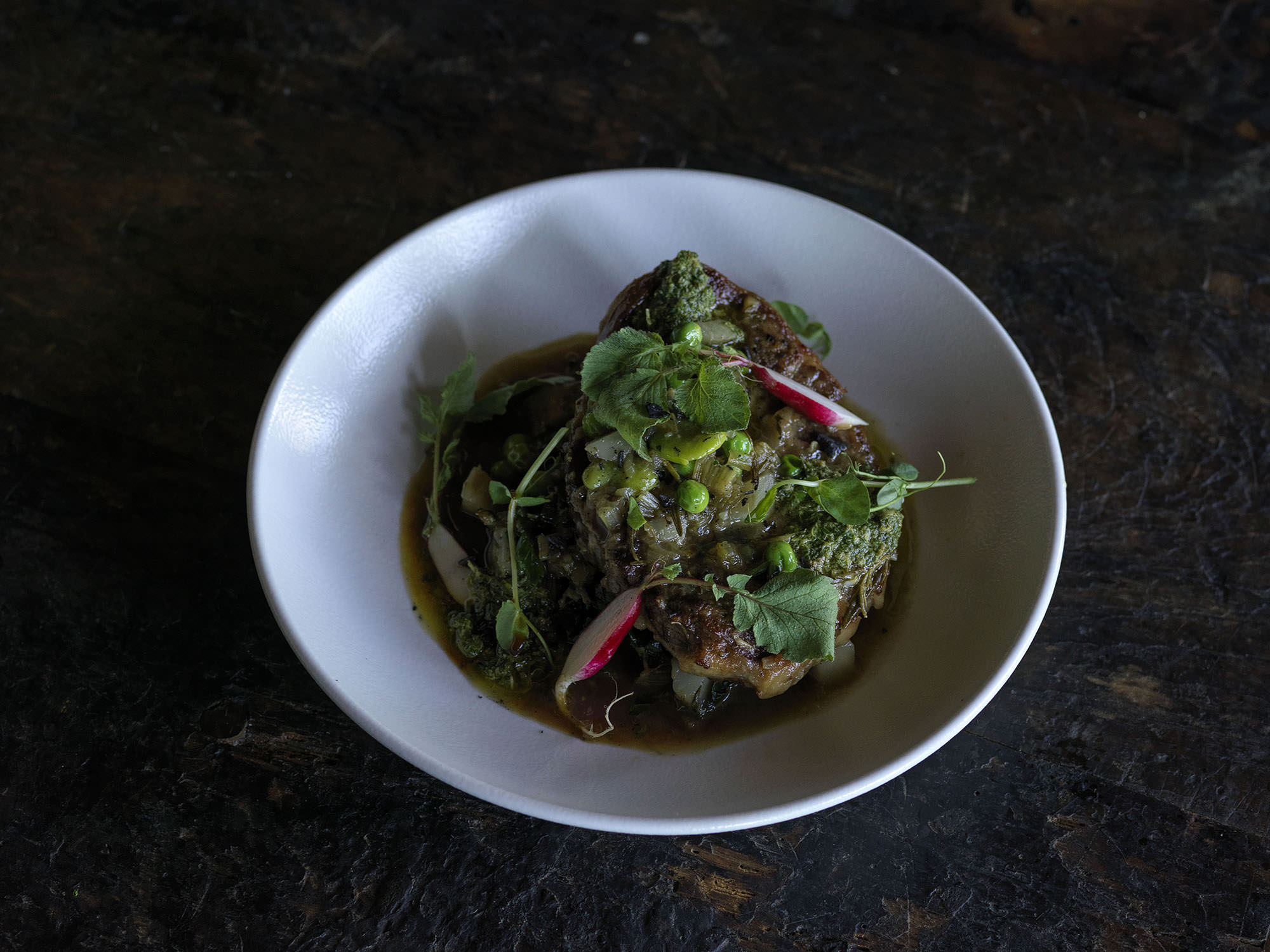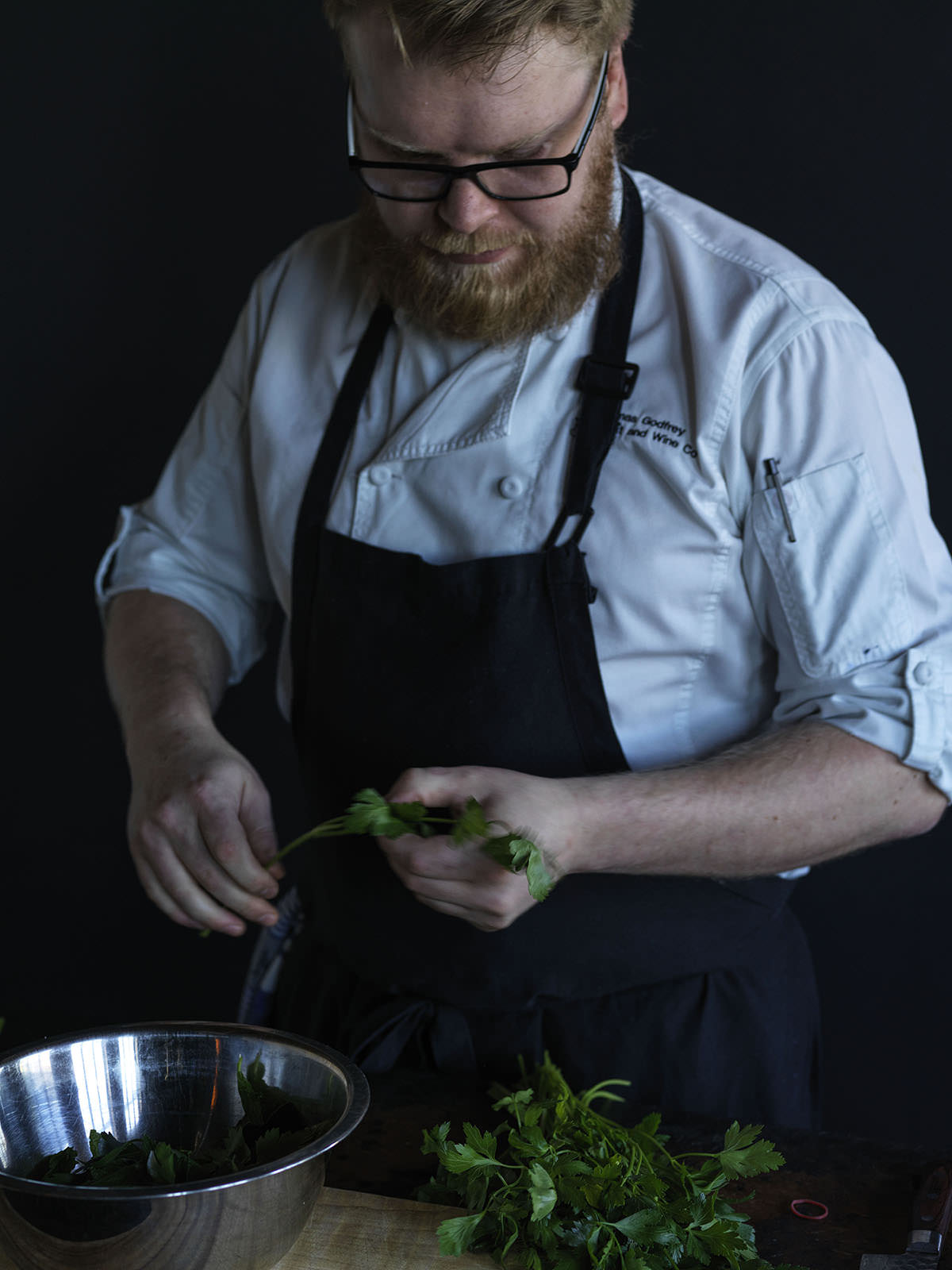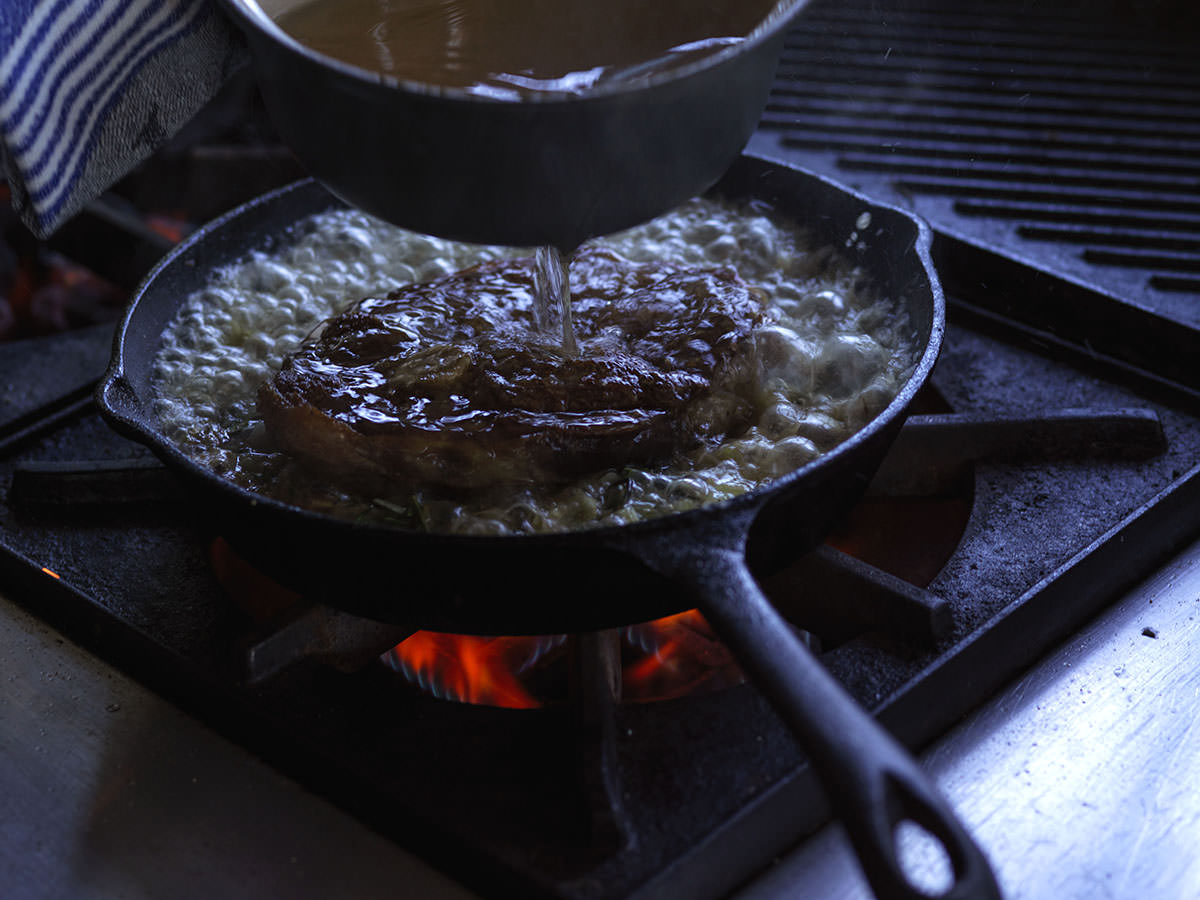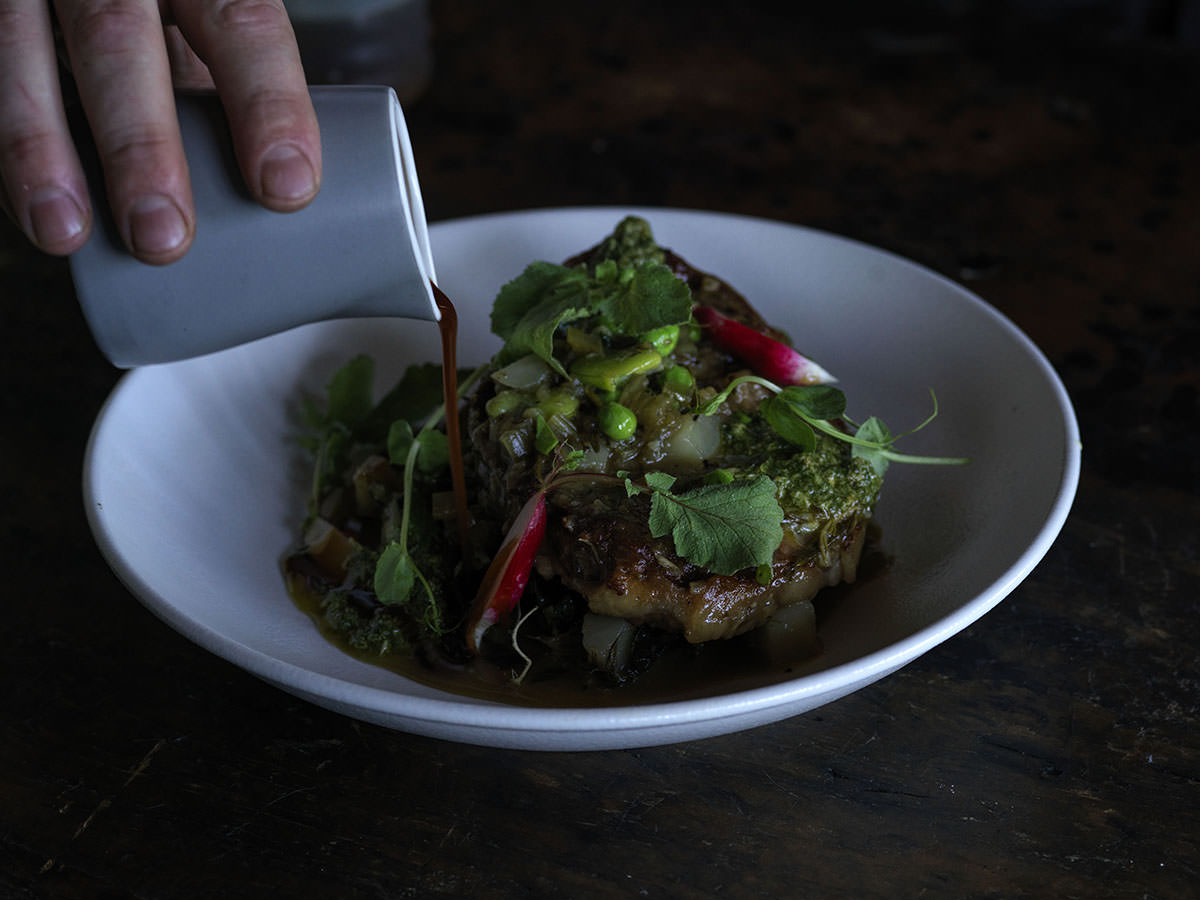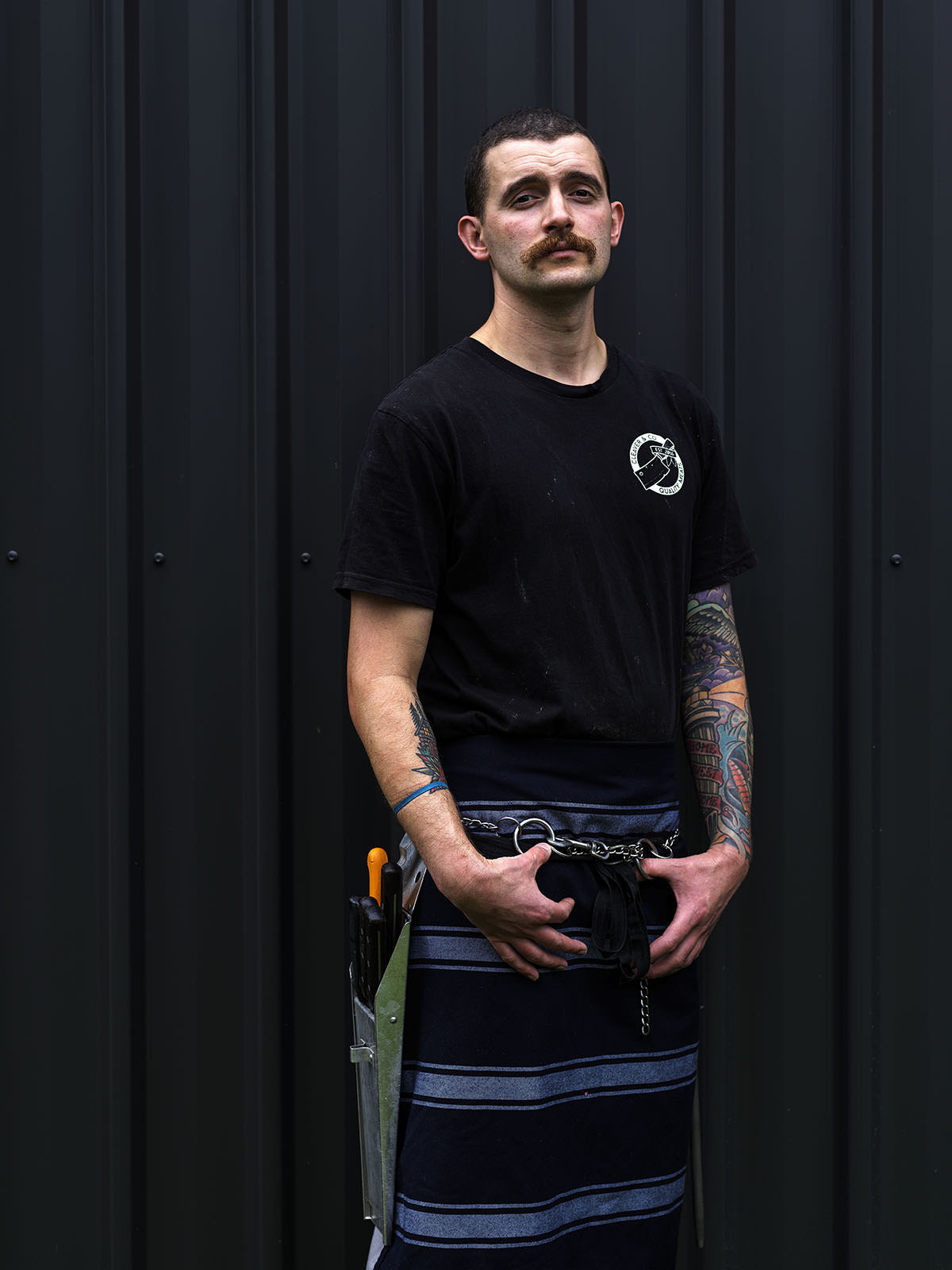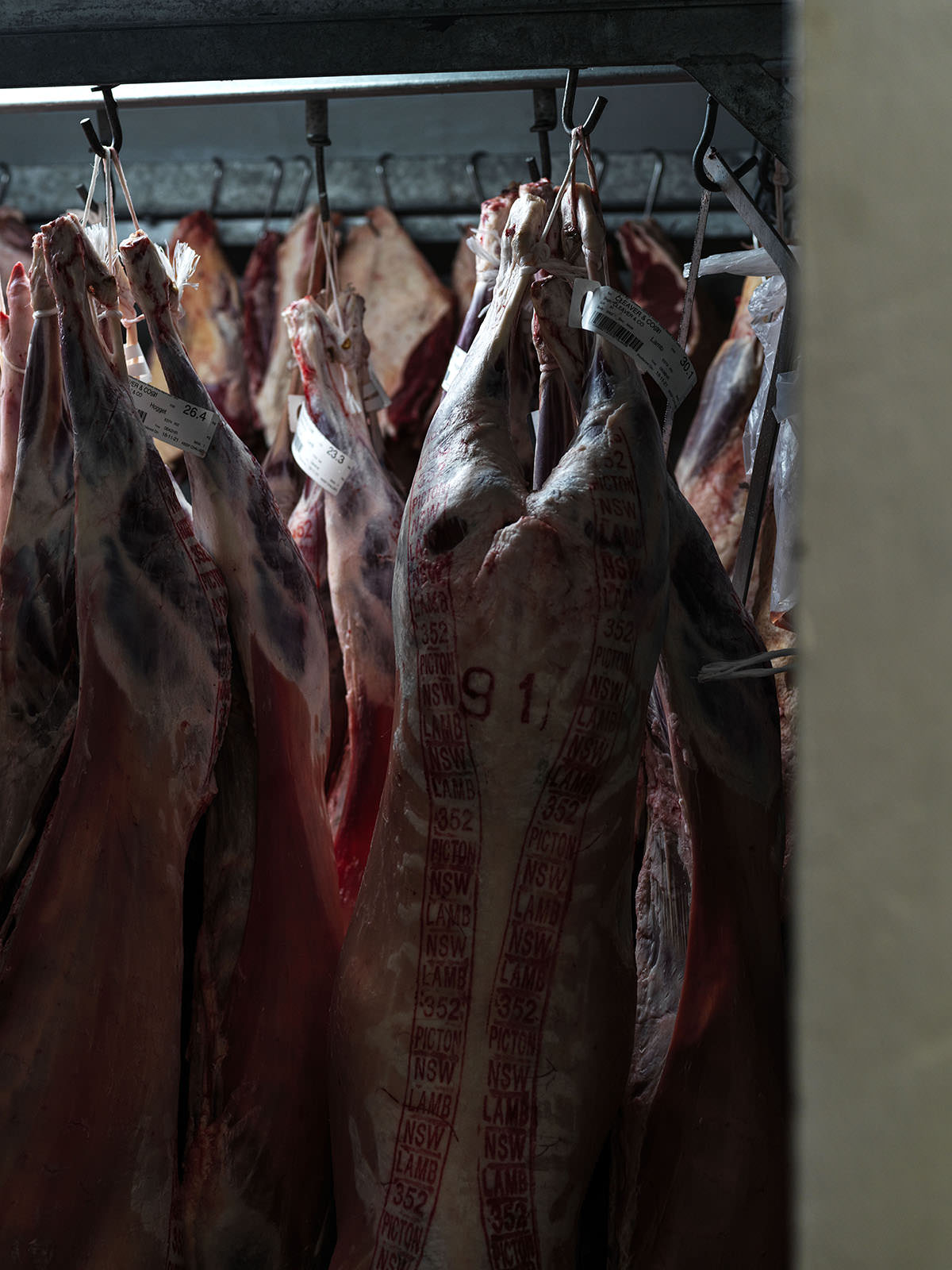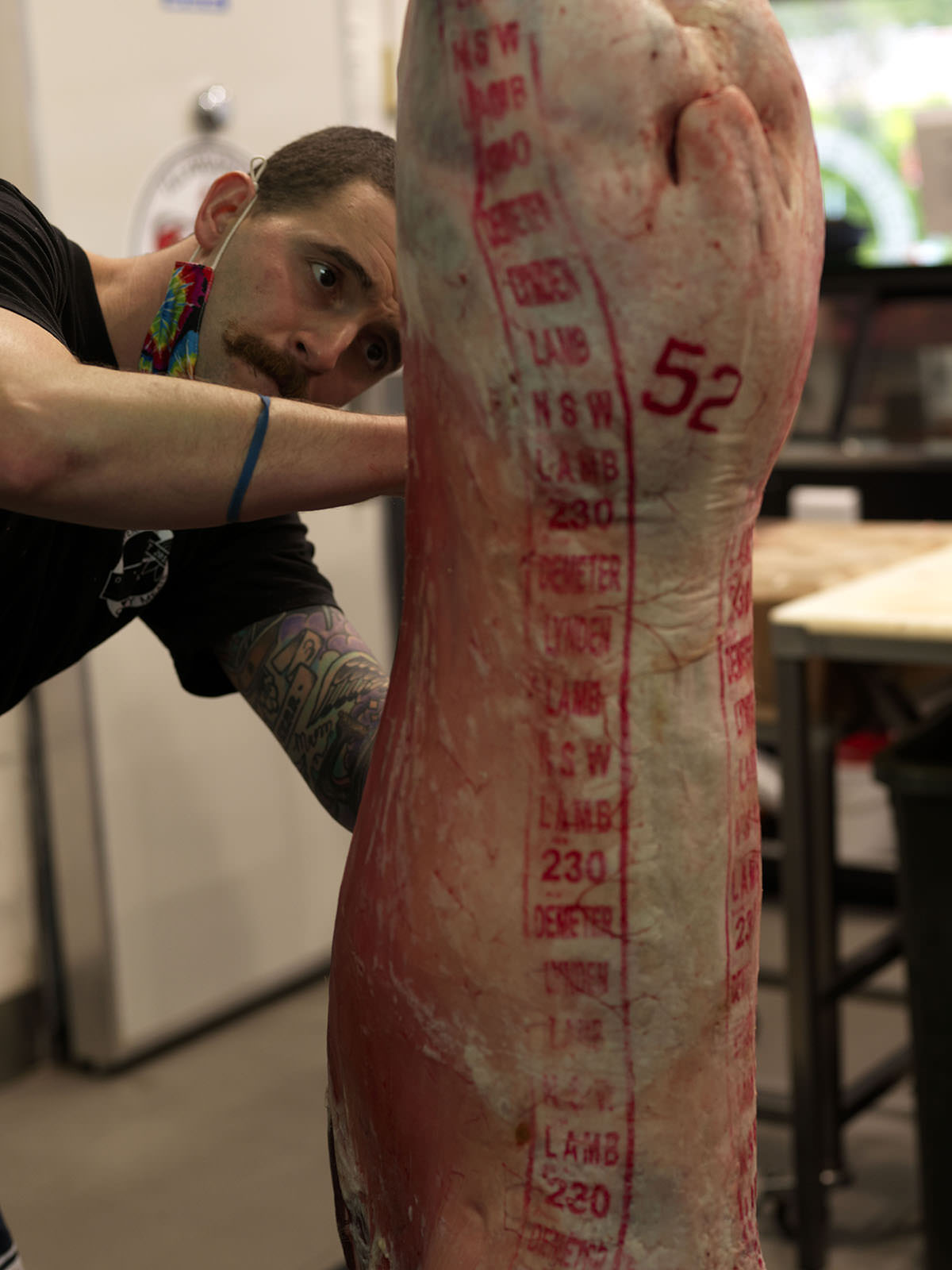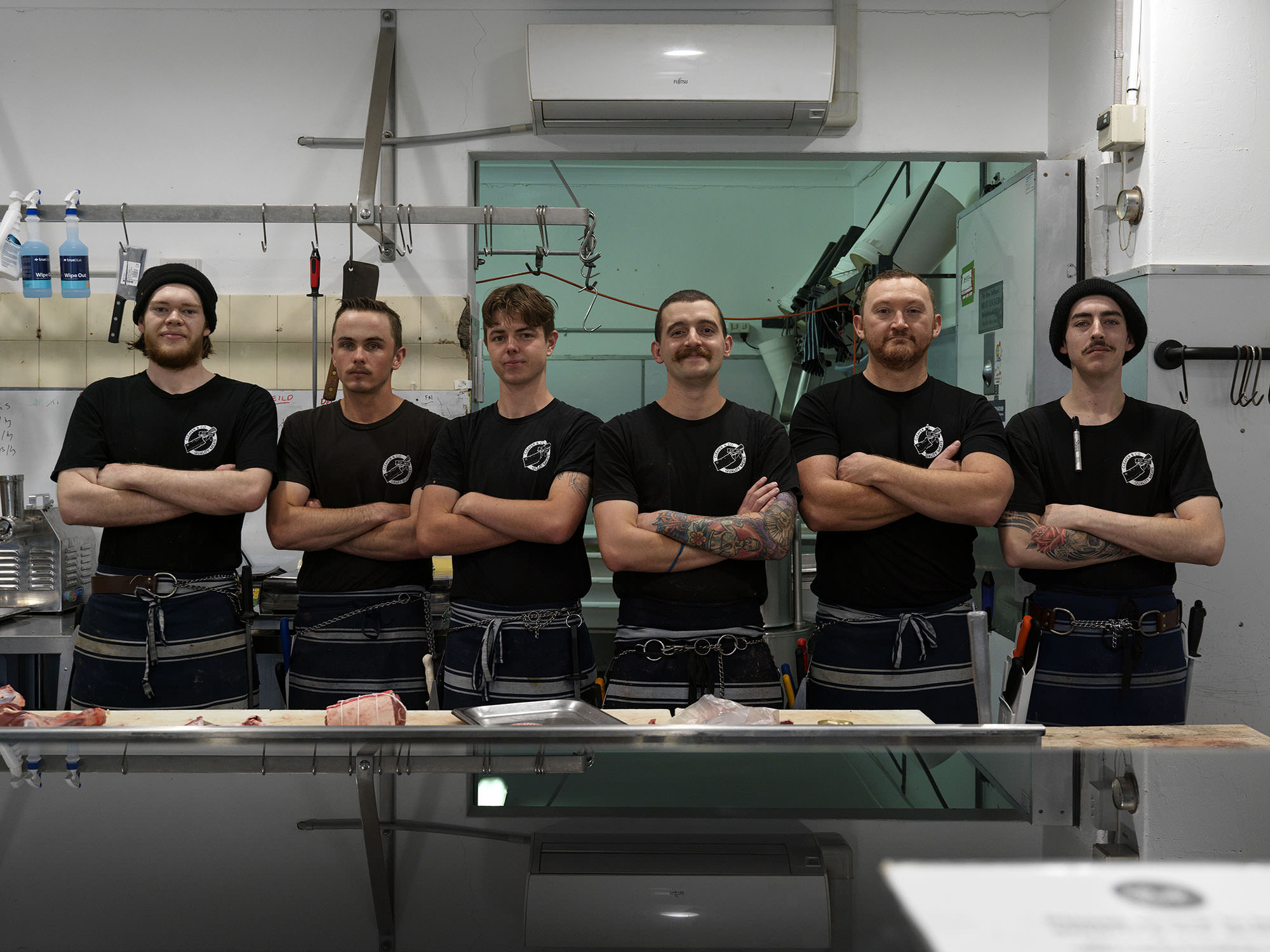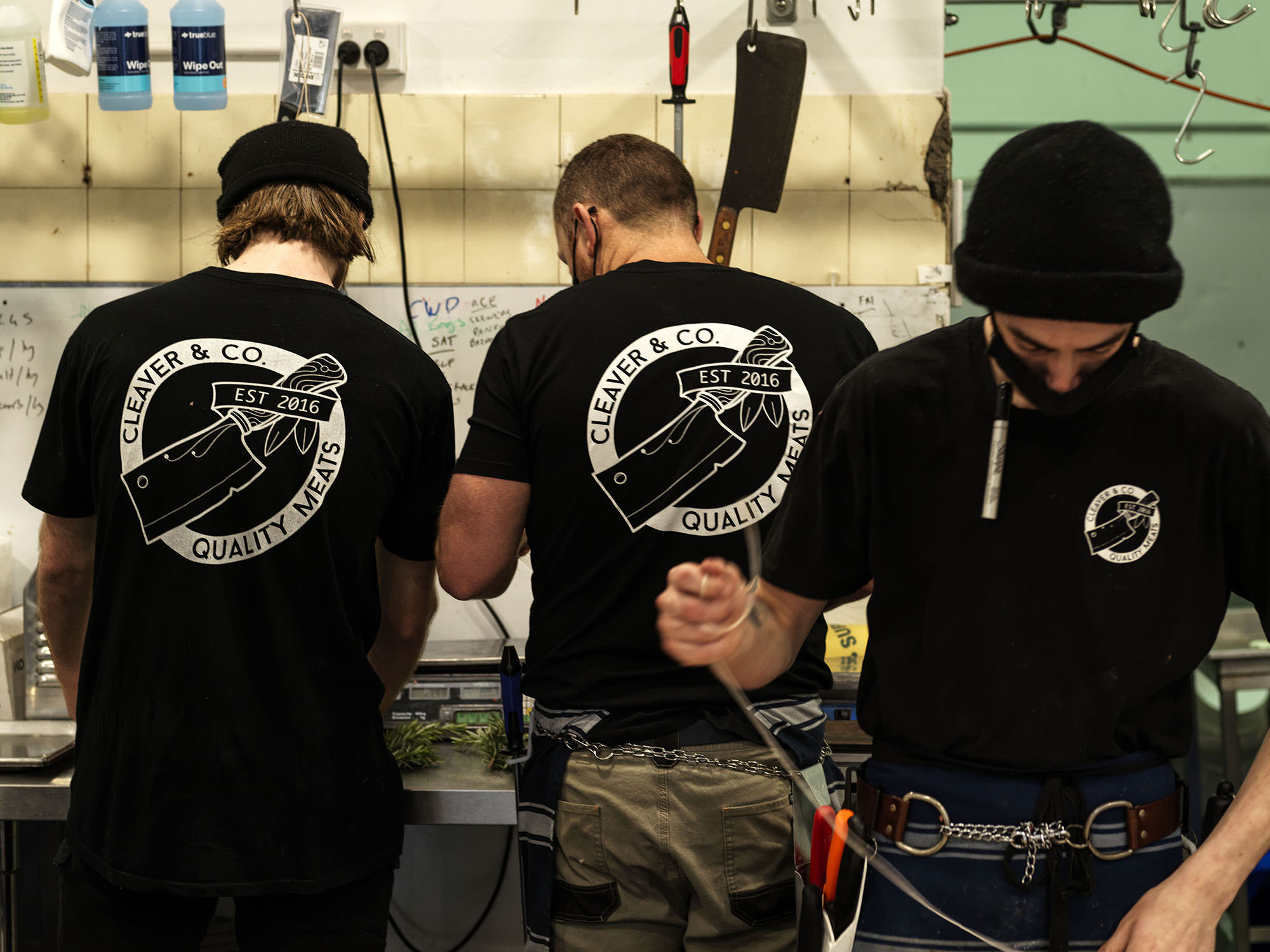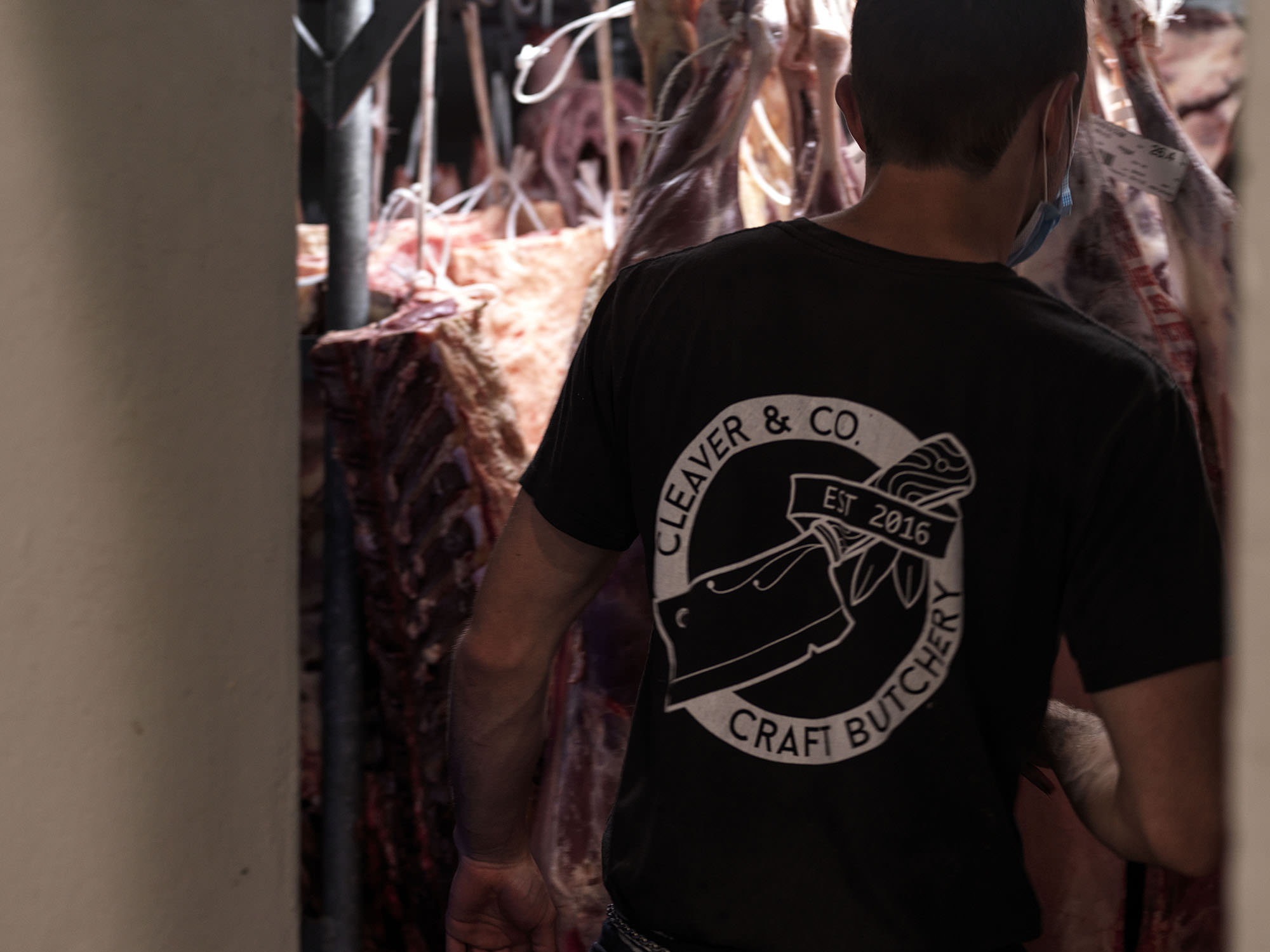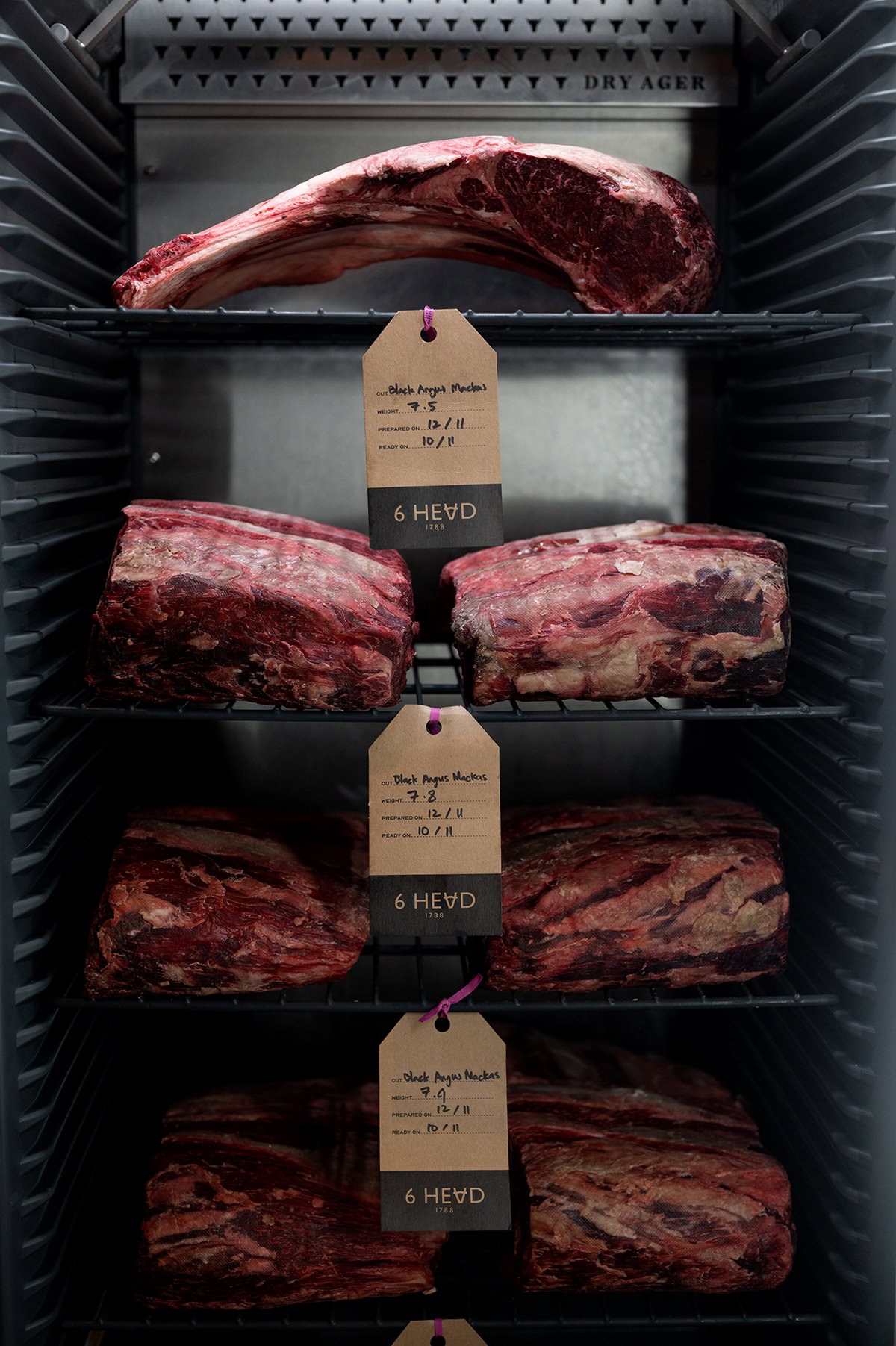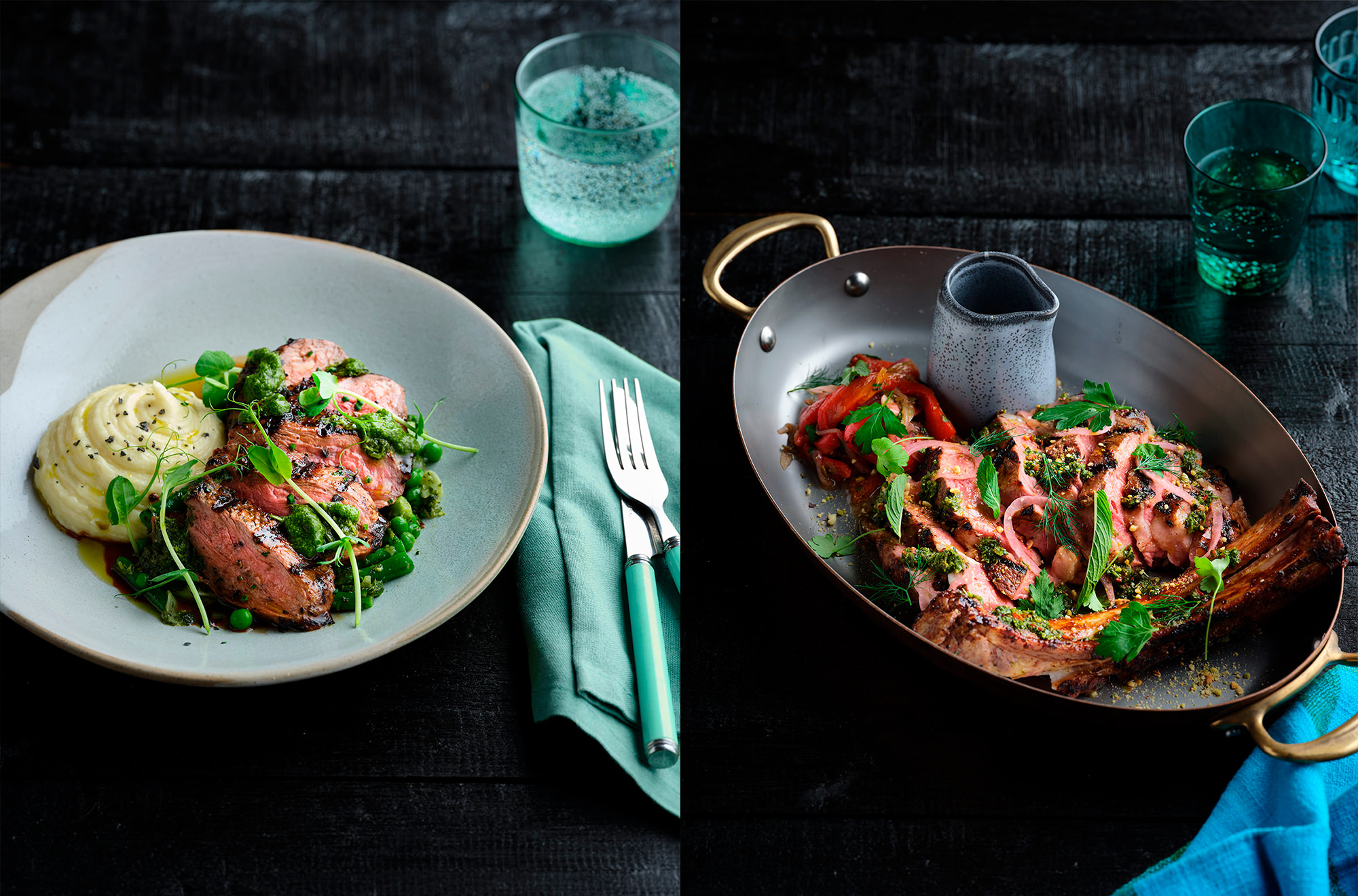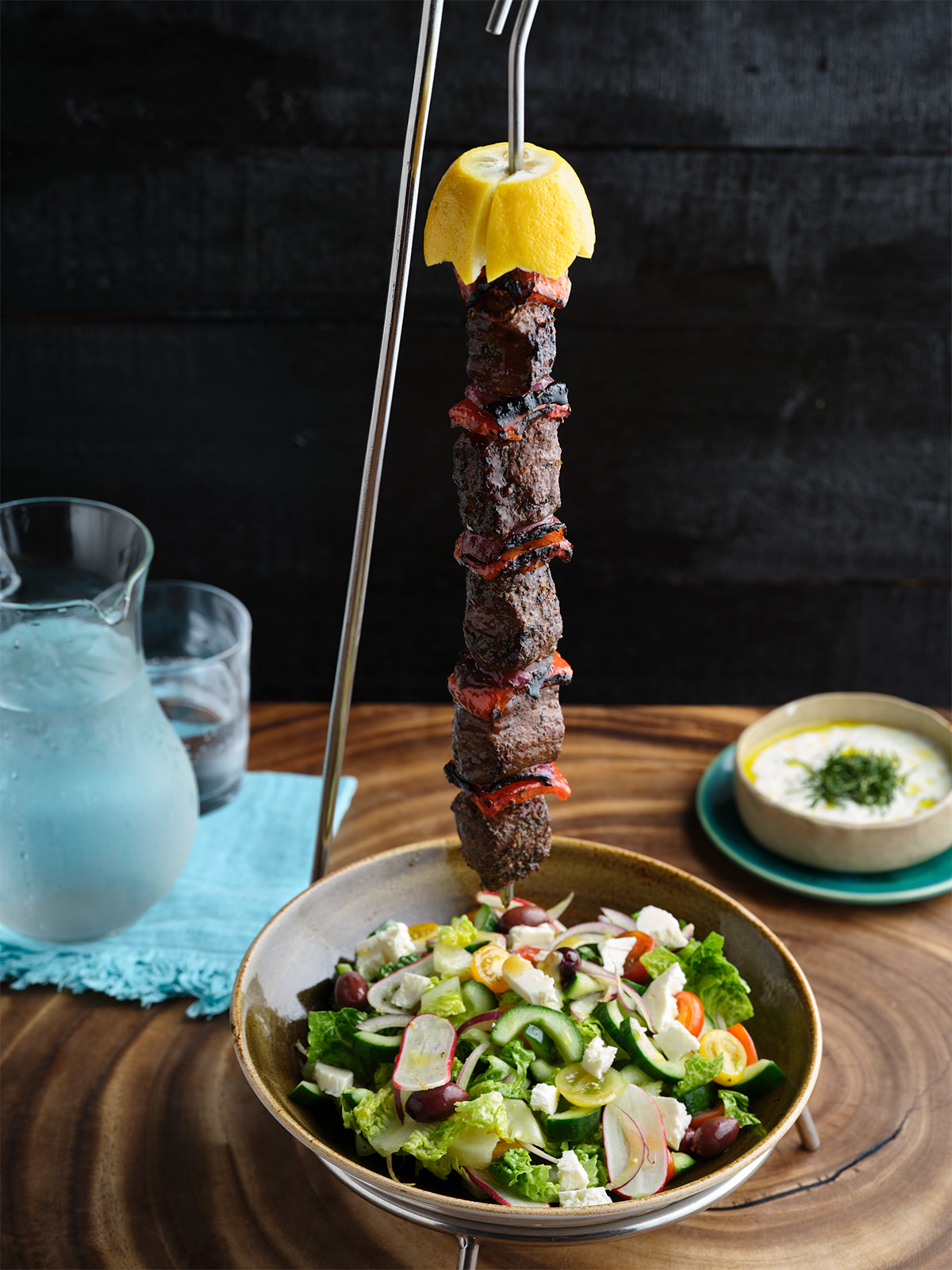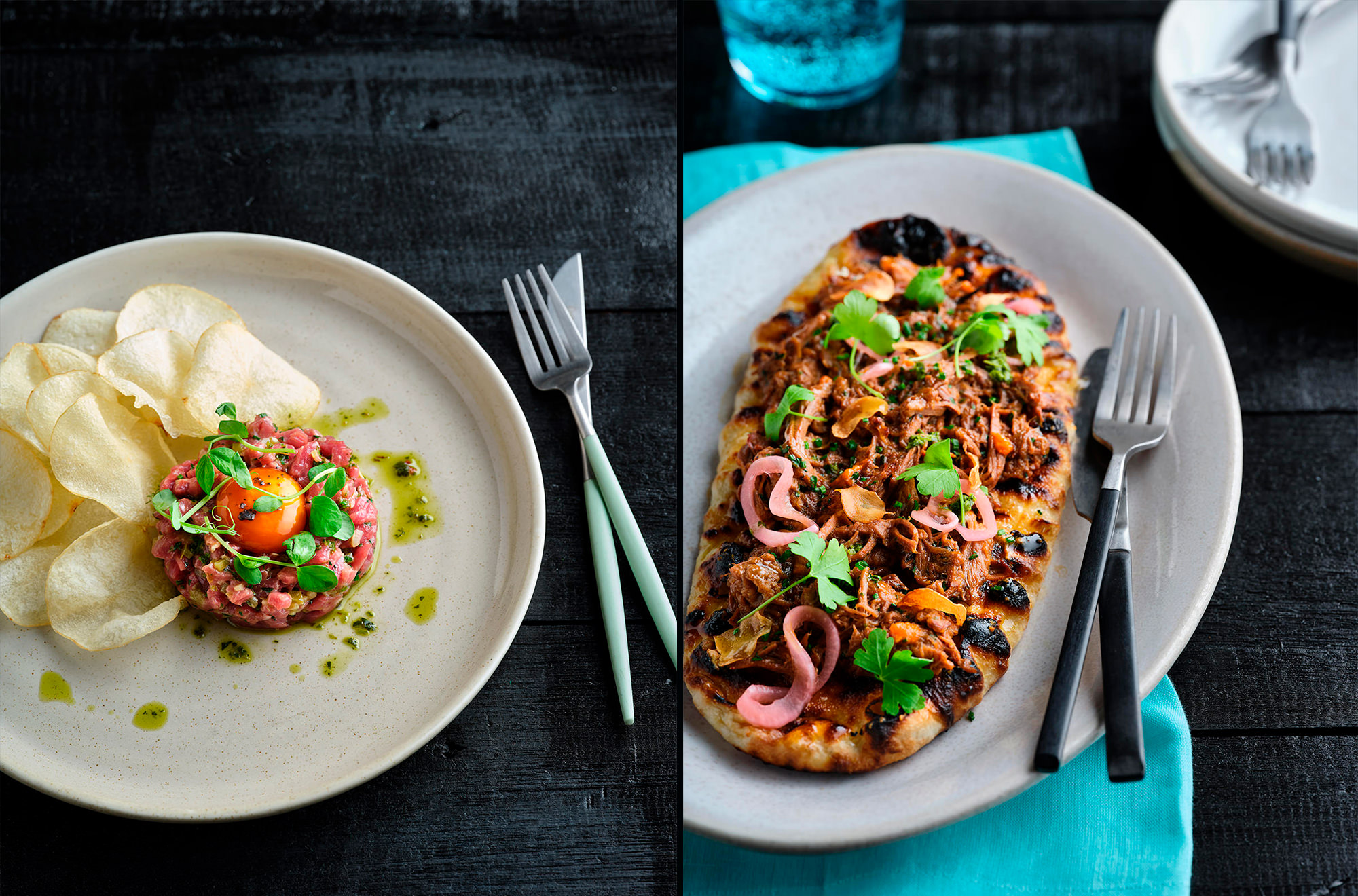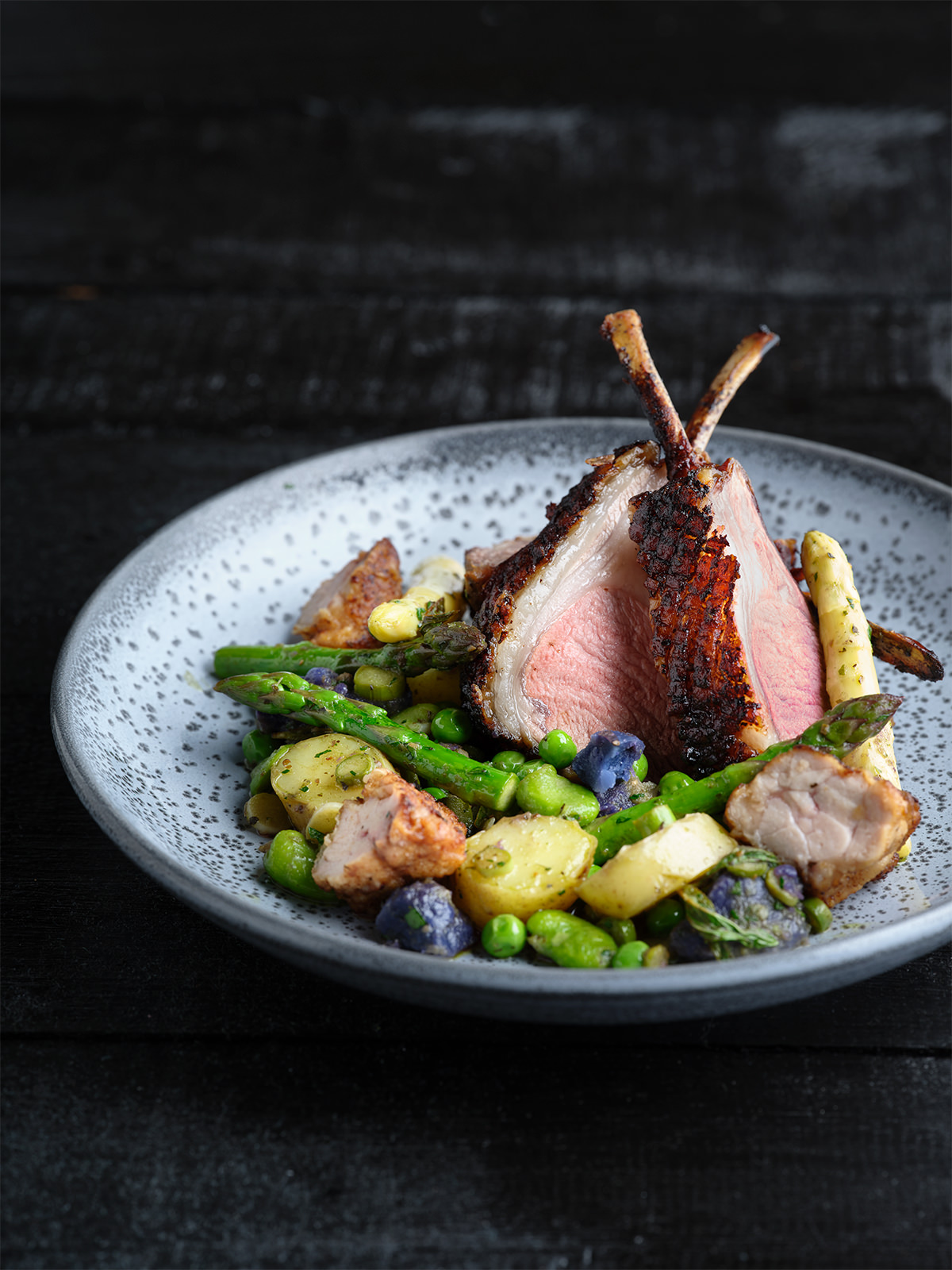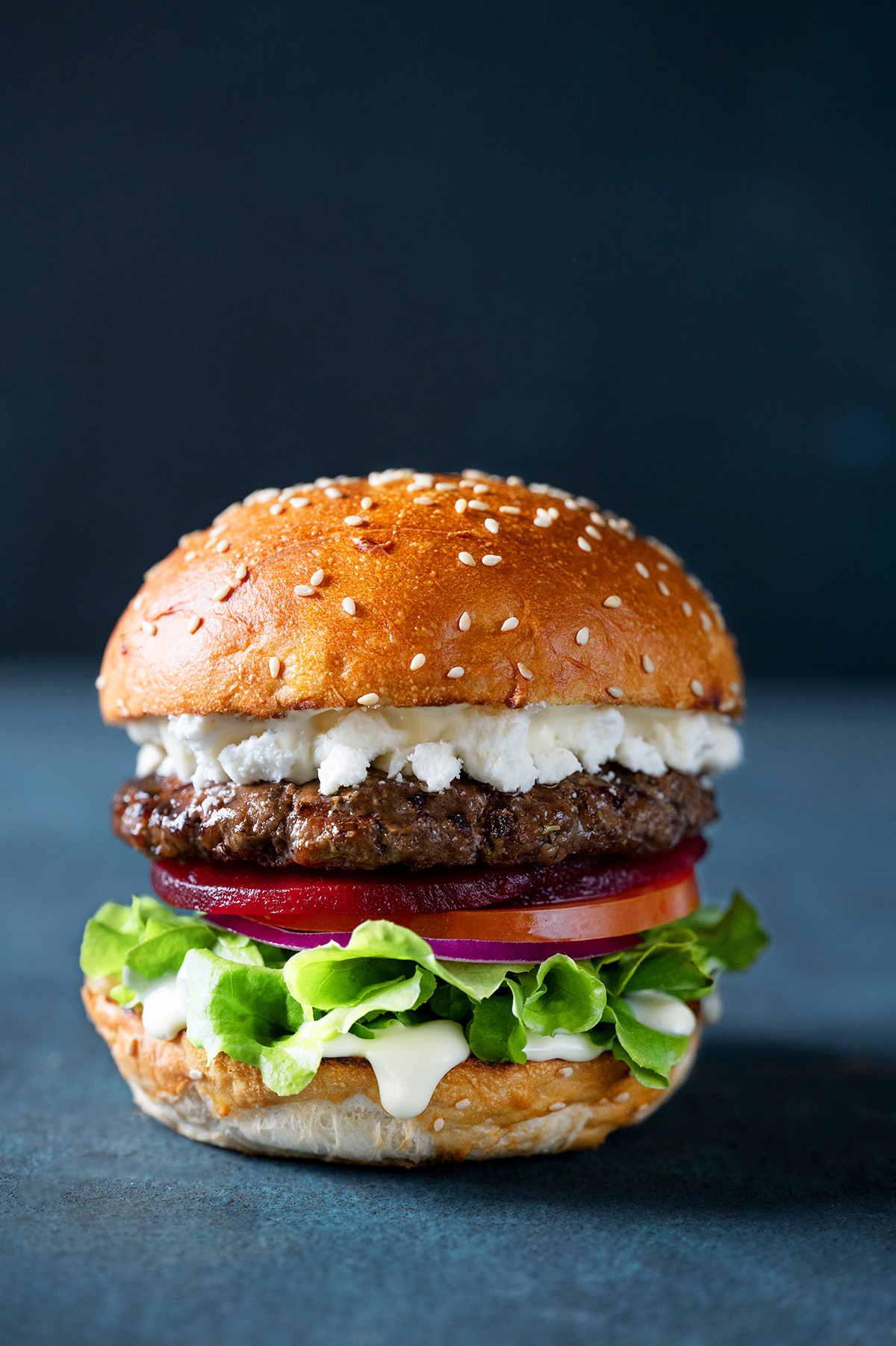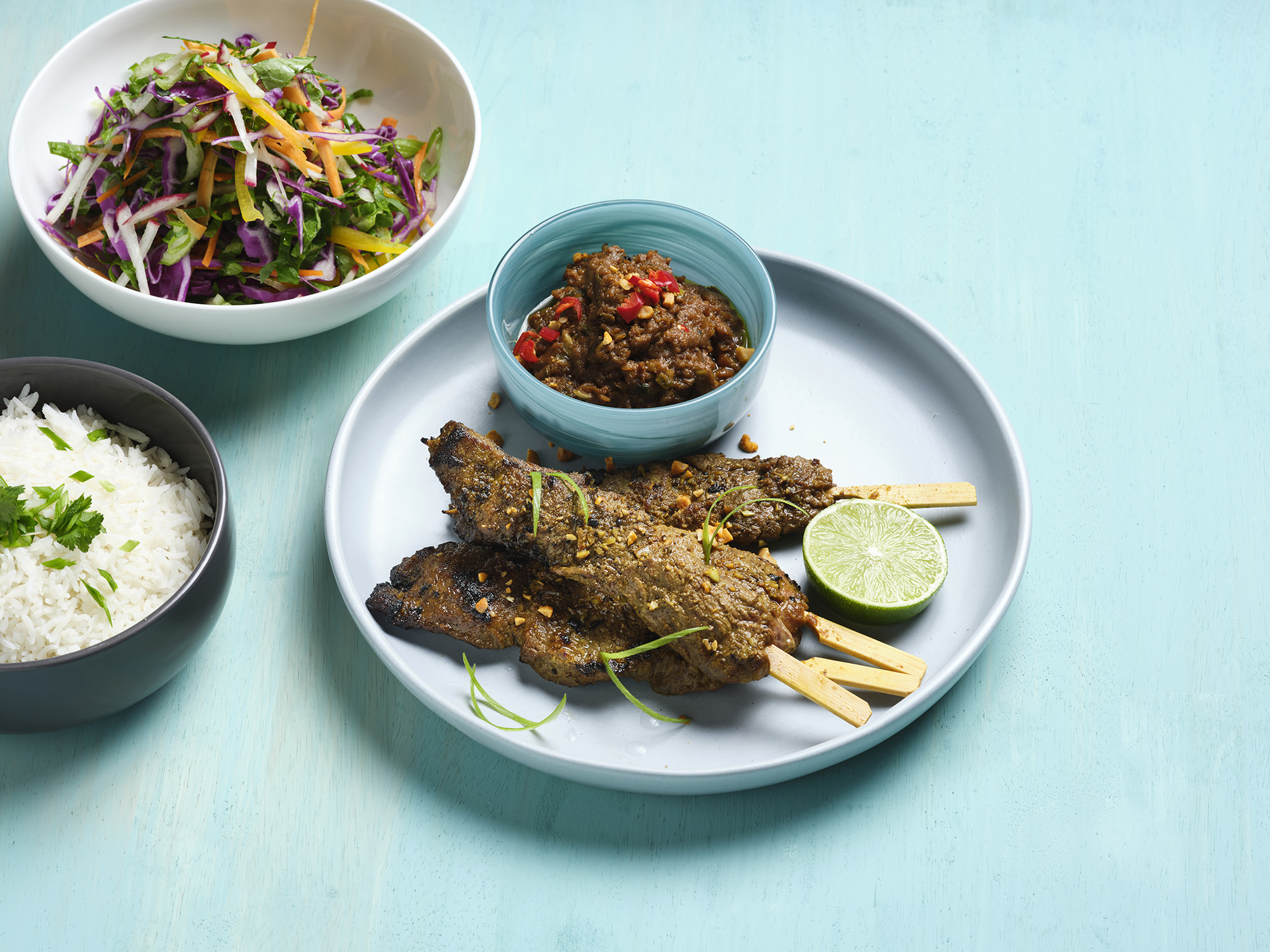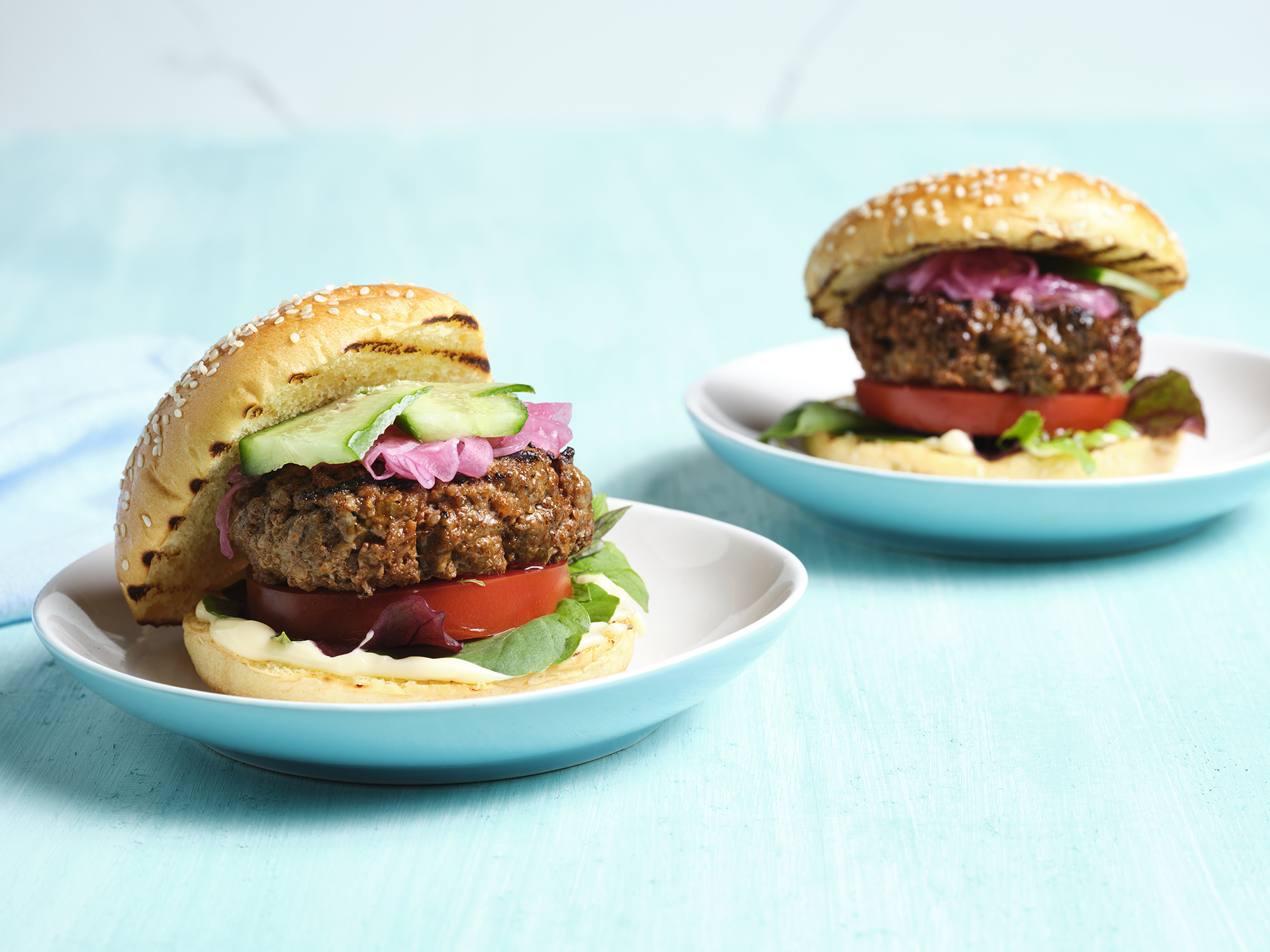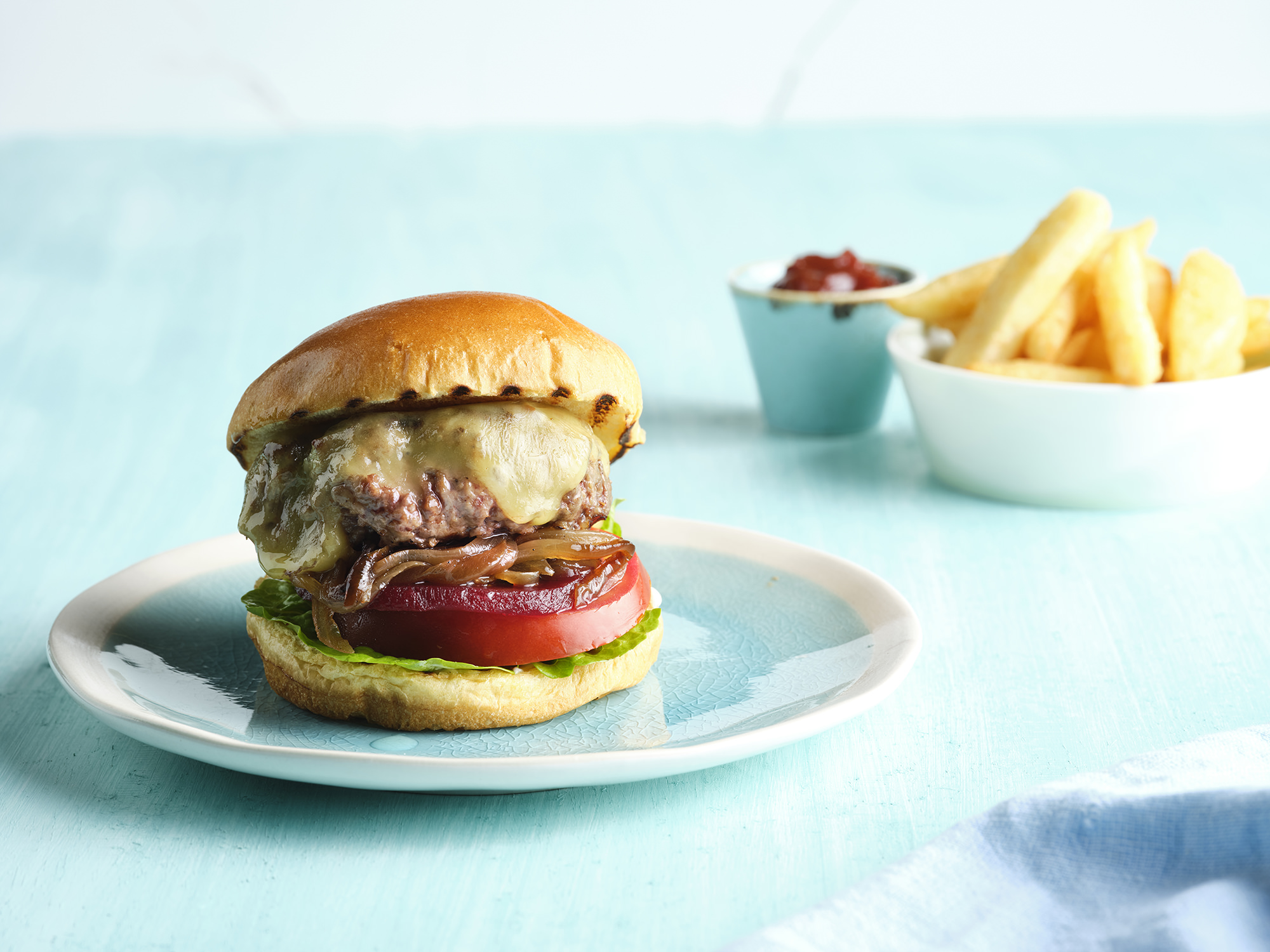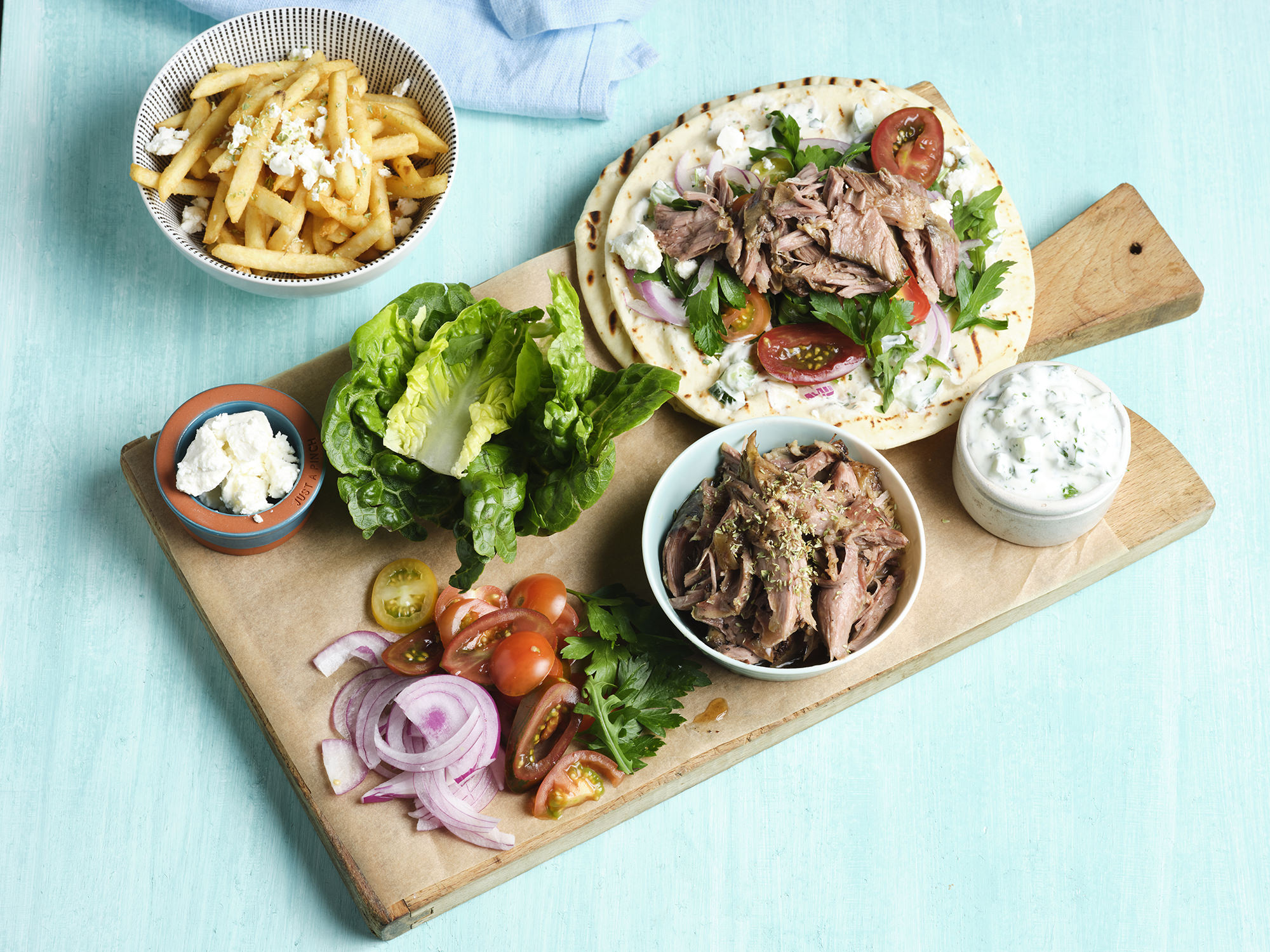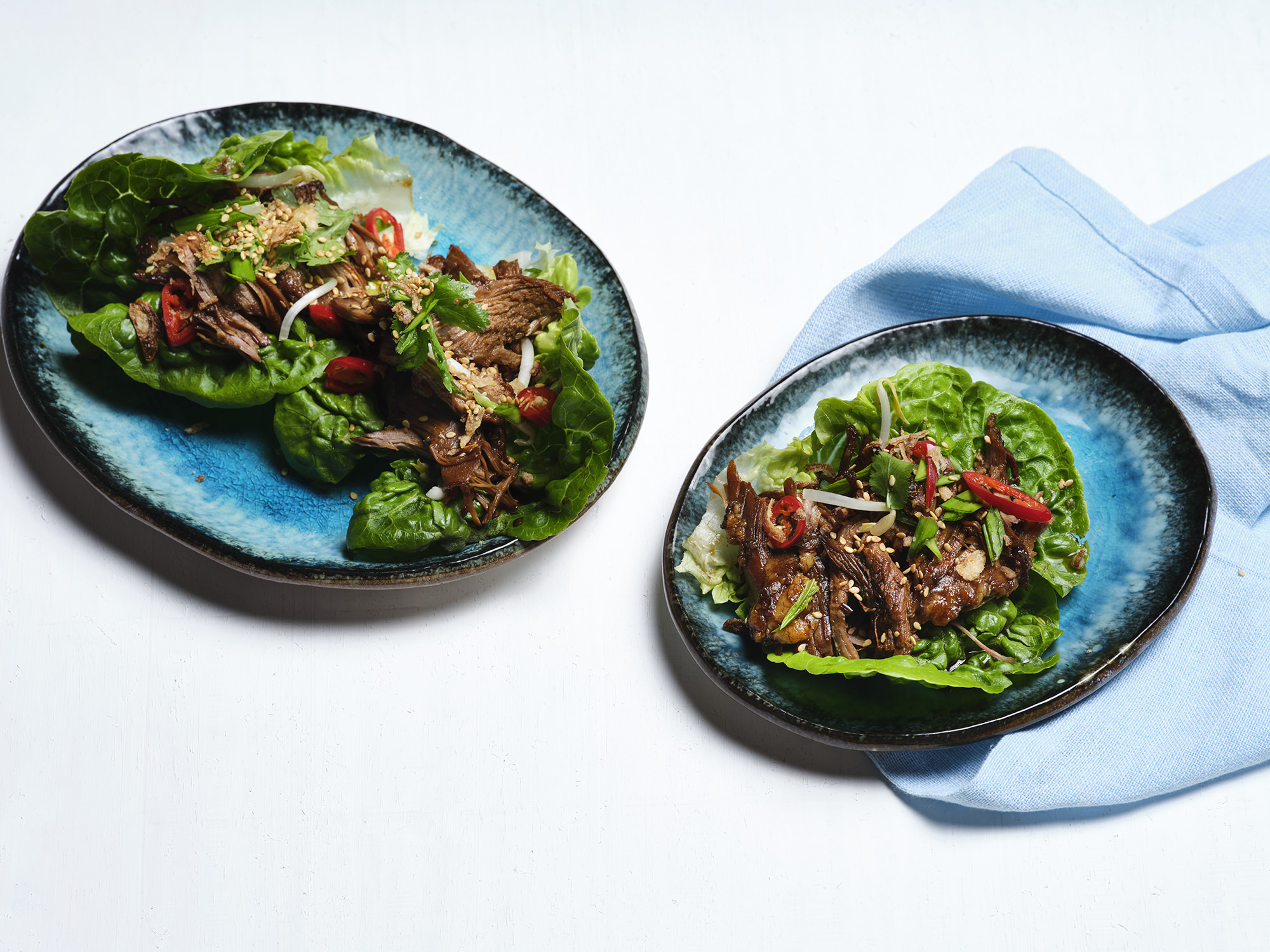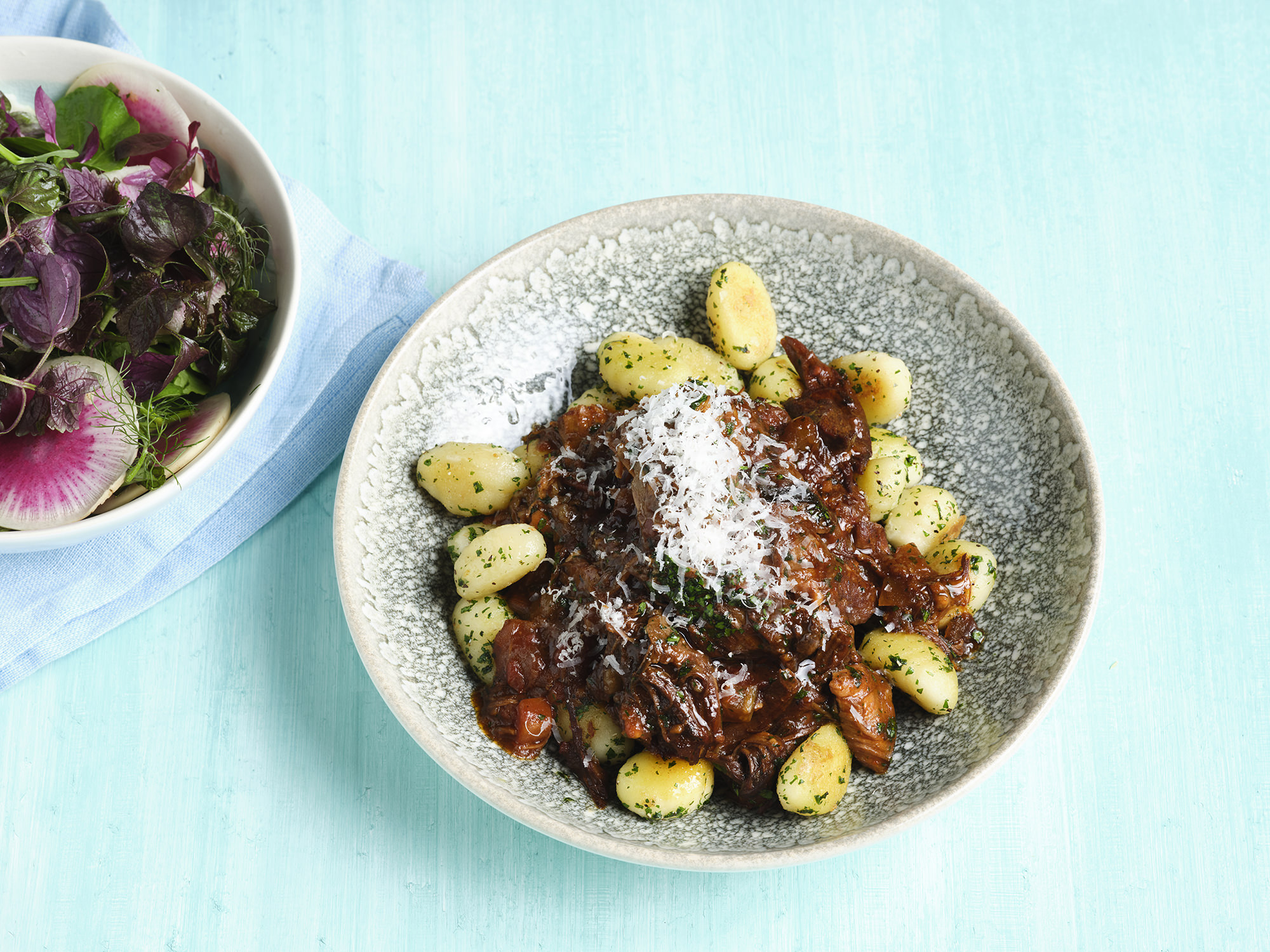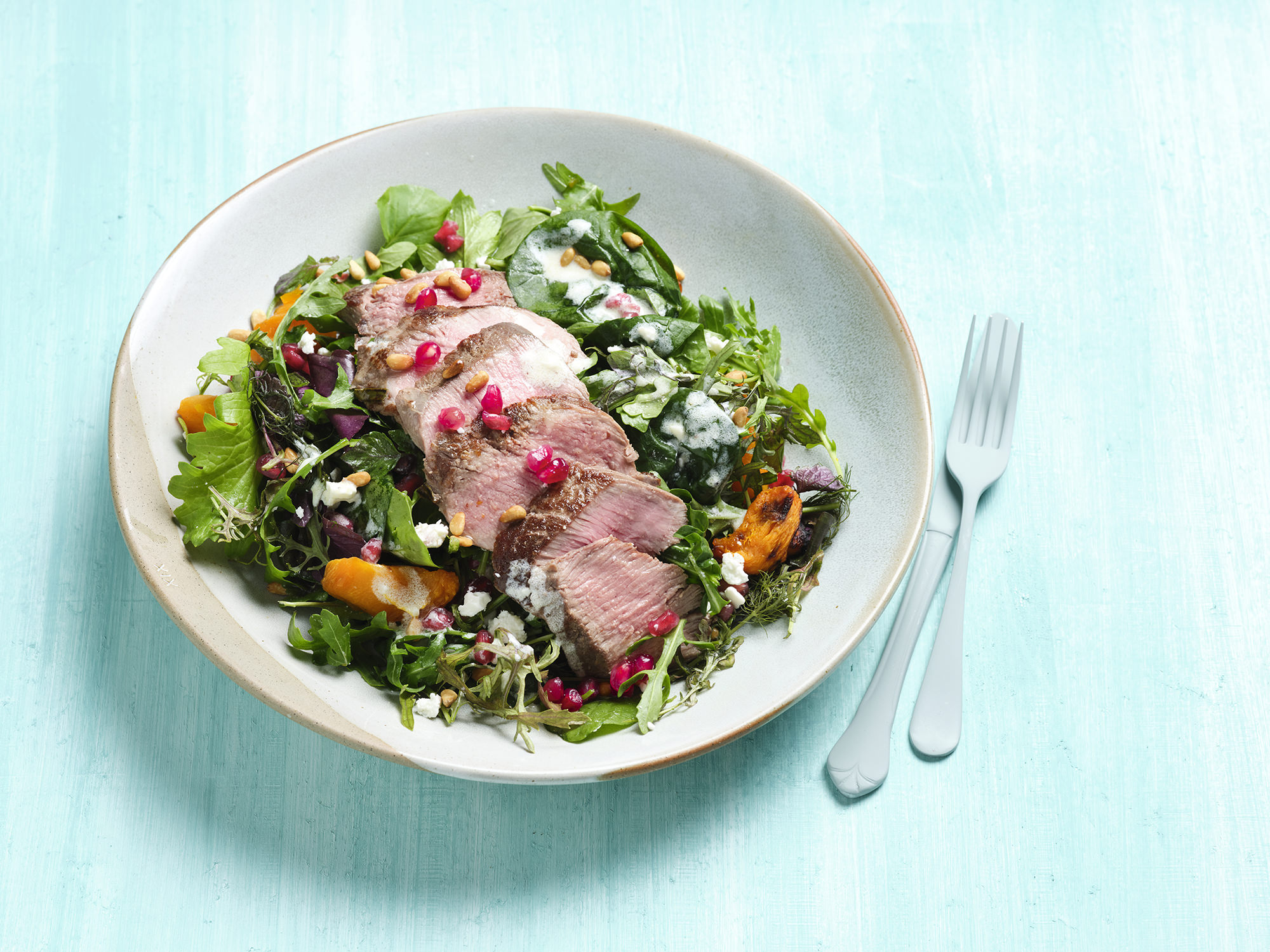Editor’s
Letter

Happy New Year – welcome to 2022 and Issue 17!
In this issue, we focus on the wonder that is Australian lamb as the nation patiently awaits the release of the annual Summer Lamb ad. More than just an ad, the Summer Lamb campaign is an integrative marketing campaign that drives consumption of Australian lamb from shopping trolleys to restaurant plates and celebrates Australia’s love of lamb.
Pat Nourse profiles chef Trevor Perkins of the aptly named Hogget Kitchen – hogget being a young adult sheep aged around 15-16 months between lamb and mutton. At Hogget, Trevor takes a nose to tail approach sourcing from a range of Gippsland lamb producers and takes diners on a journey of Gippsland’s finest.
Myffy Rigby heads for the hills for What’s Good in the Hood – the Blue Mountains edition. Just a stone’s throw from Sydney, the Blue Mountains is an incredible destination rich in history and spectacular scenery. It’s also sporting what Myffy thinks is one of NSW’s best new fine dining restaurants and a host of other epic places to eat.
Mark Best looks into the recent CSIRO study that labels Australian lamb as only one of two foods produced in Australia that is climate neutral – a good news story worth telling. He also delves into the world first Australian Sheep Sustainability Framework launched in 2021 and profiles one of Australia’s first organically certified farms – Cherry Tree Downs.
Cut Two Ways takes two chefs from the Seagrass stable, 6HEAD head chef Scott Greve and Meat & Wine Co-head chef Thomas Godfrey, and matches them with a dry-aged chump on lamb leg expertly prepared by Tony Mandaliti of Global Meats.
I profile talented young butcher Lachy Kerr who is progressing forwards by looking backwards and embracing the butchery of yesteryear. Kerr makes the effort to personally visit the farms of each of his suppliers, sourcing from independently owned NSW farms that align with his ethos. Whole carcase butchery that connects the customer with the origin of their purchases – Wollongong is in good hands.
Finally, our Big Business section looks at two hospitality groups leveraging the power of a nationwide summer lamb campaign with lamb menu specials for January.
I hope you enjoy the issue and share the love of Australian lamb on your menus this summer.
Mary-Jane Morse
Meat & Livestock Australia
[email protected]
@_raremedium
Copyright: this publication is published by Meat & Livestock Australia Limited ABN 39 081 678 364 (MLA).


